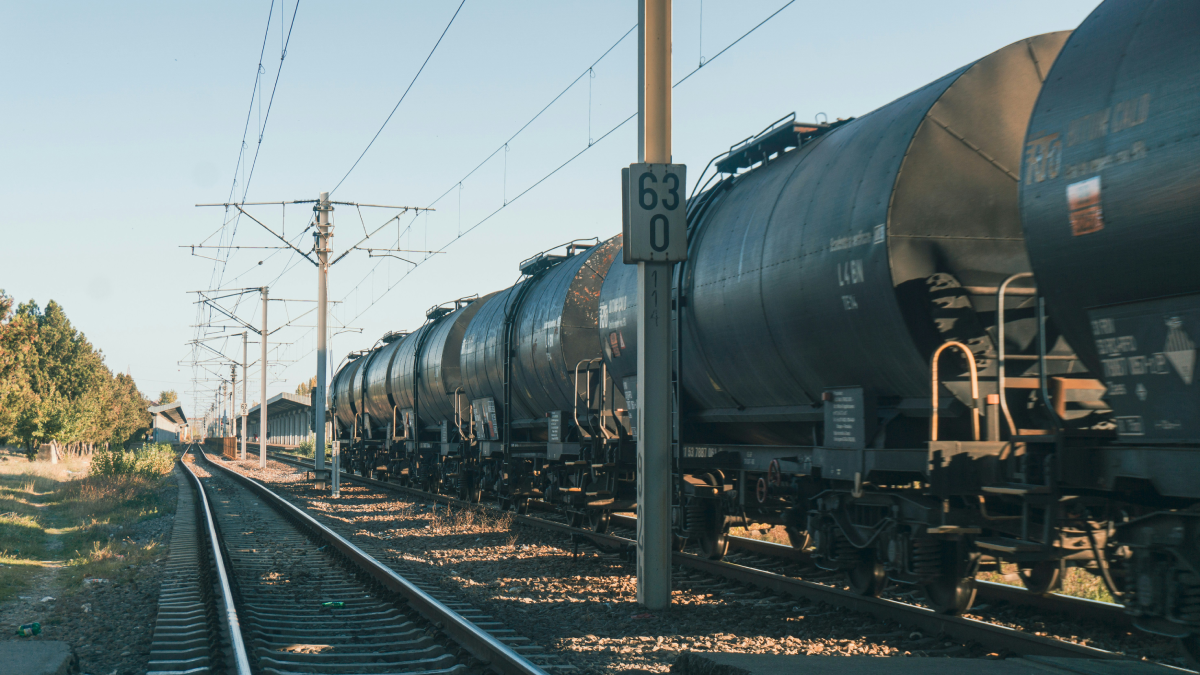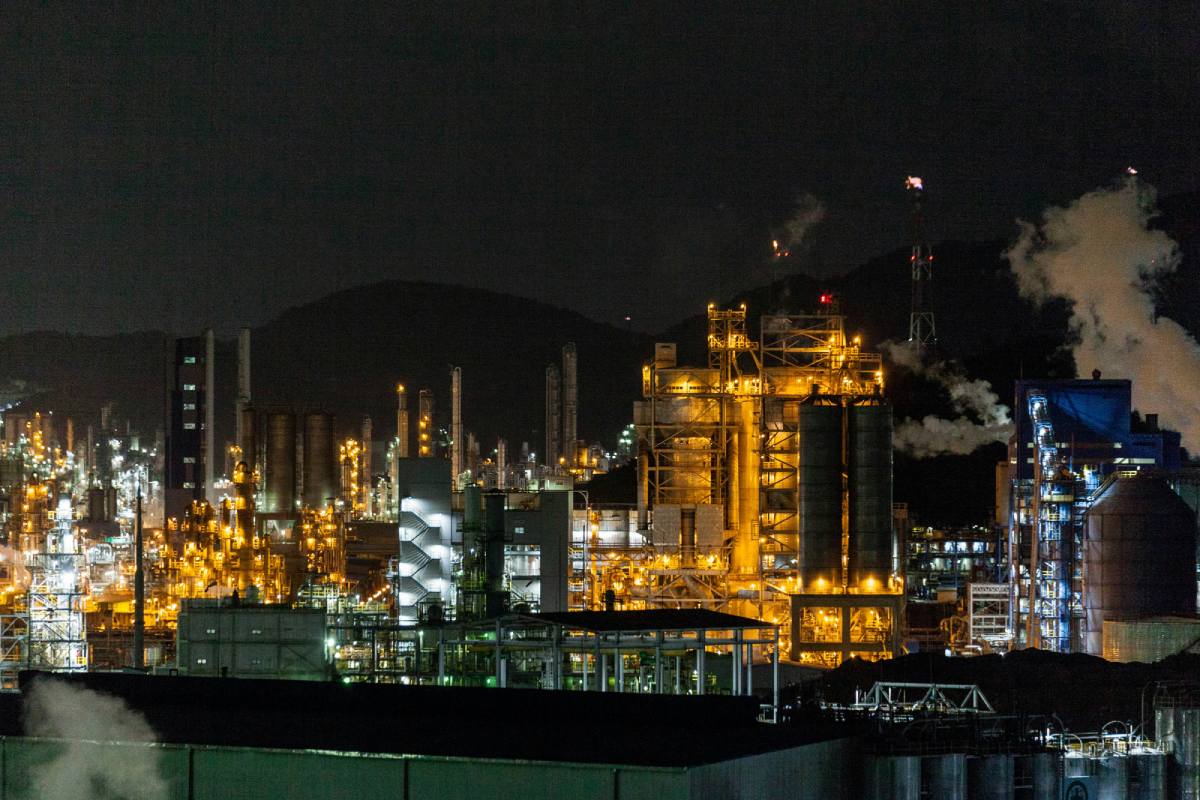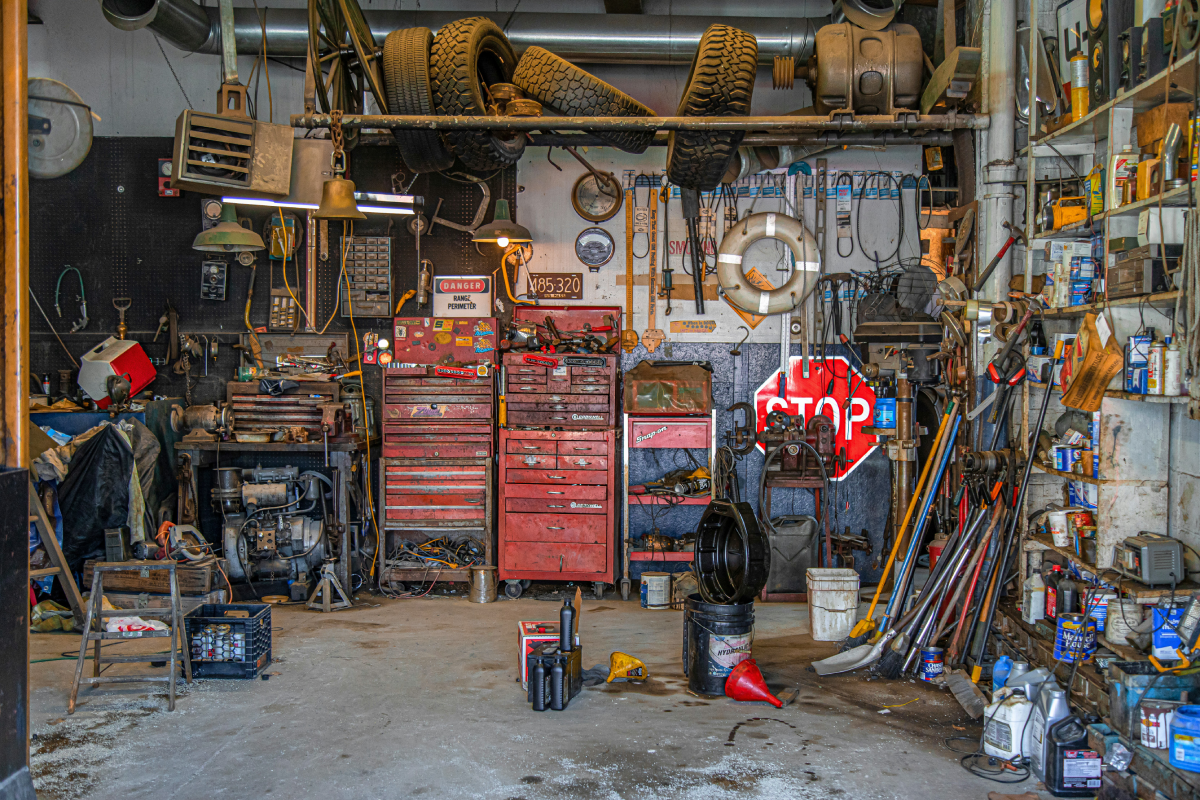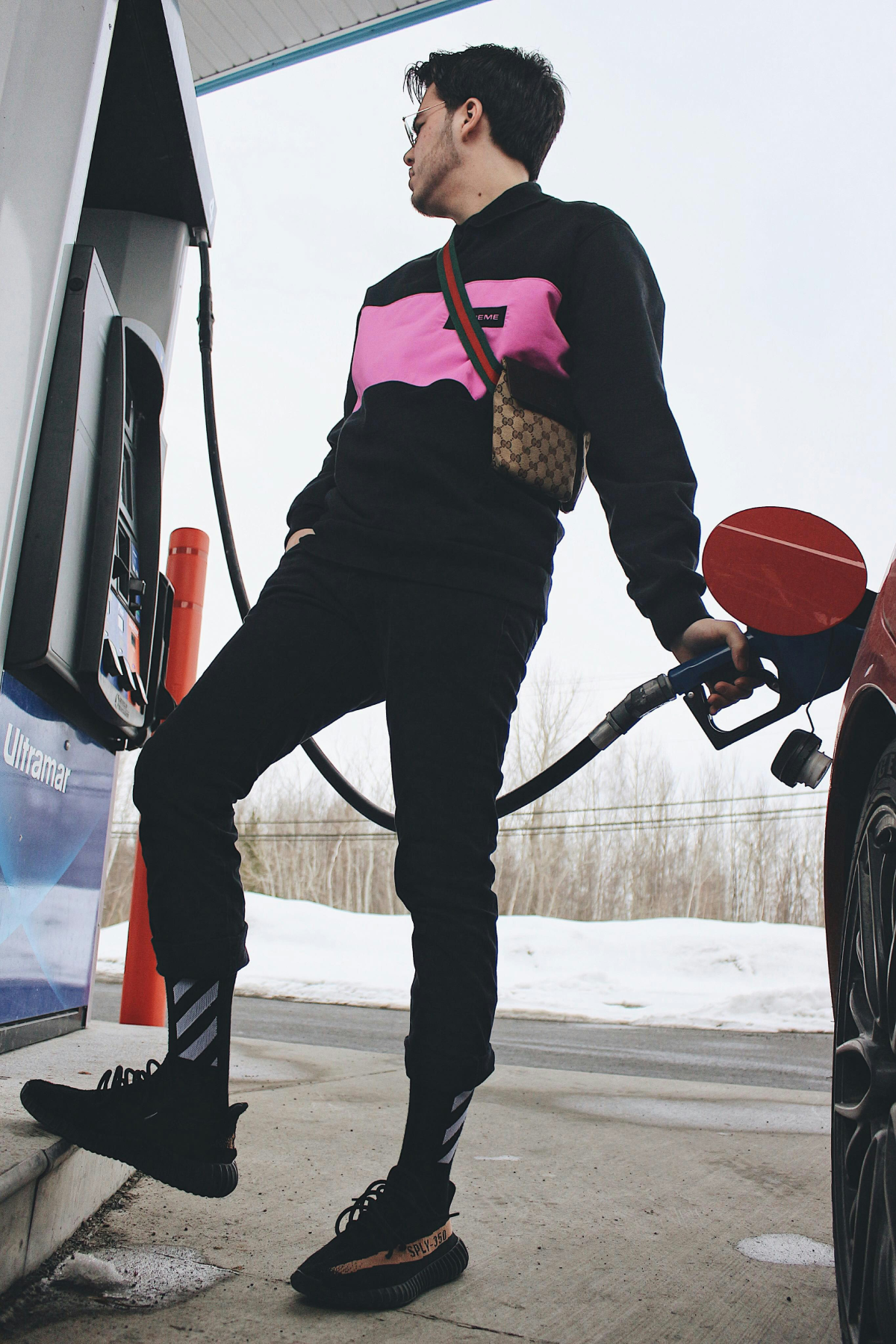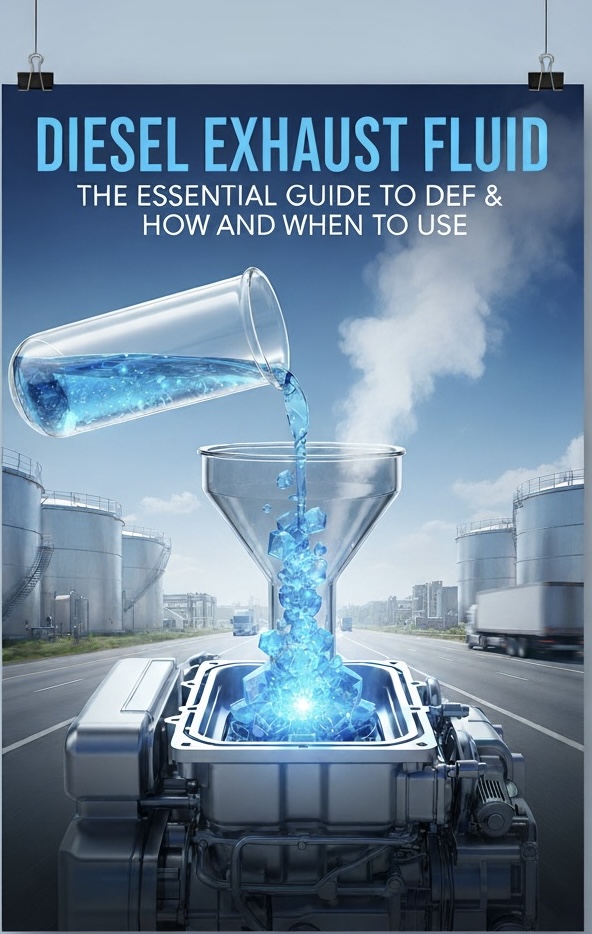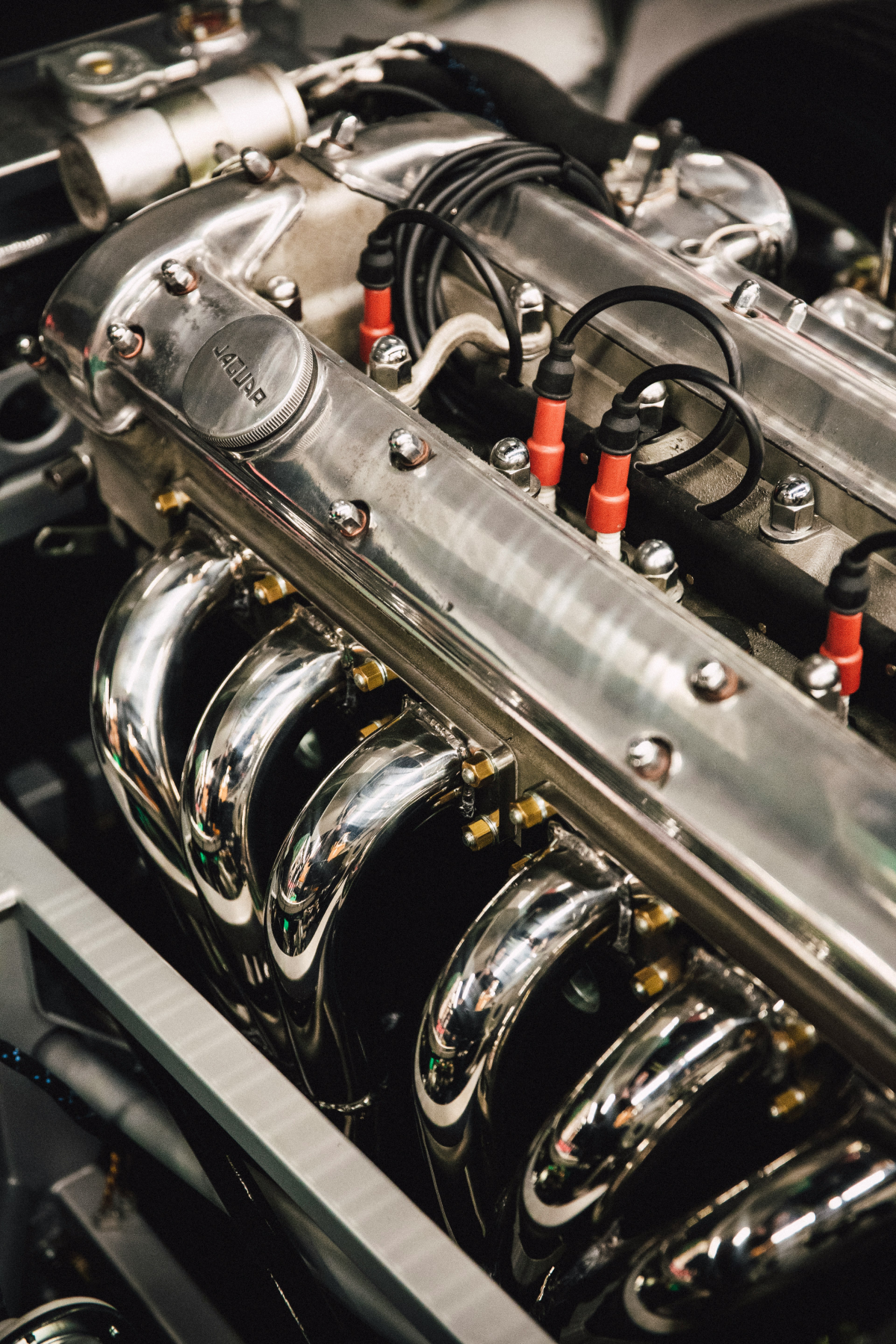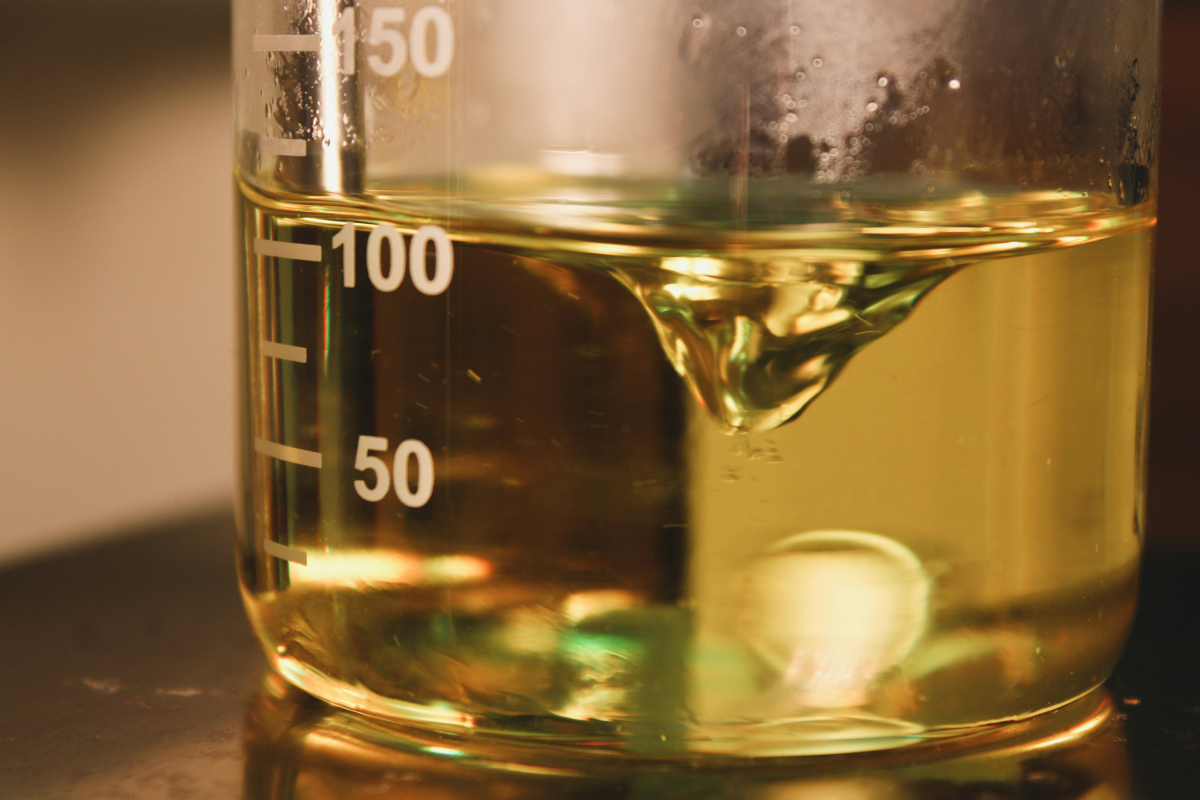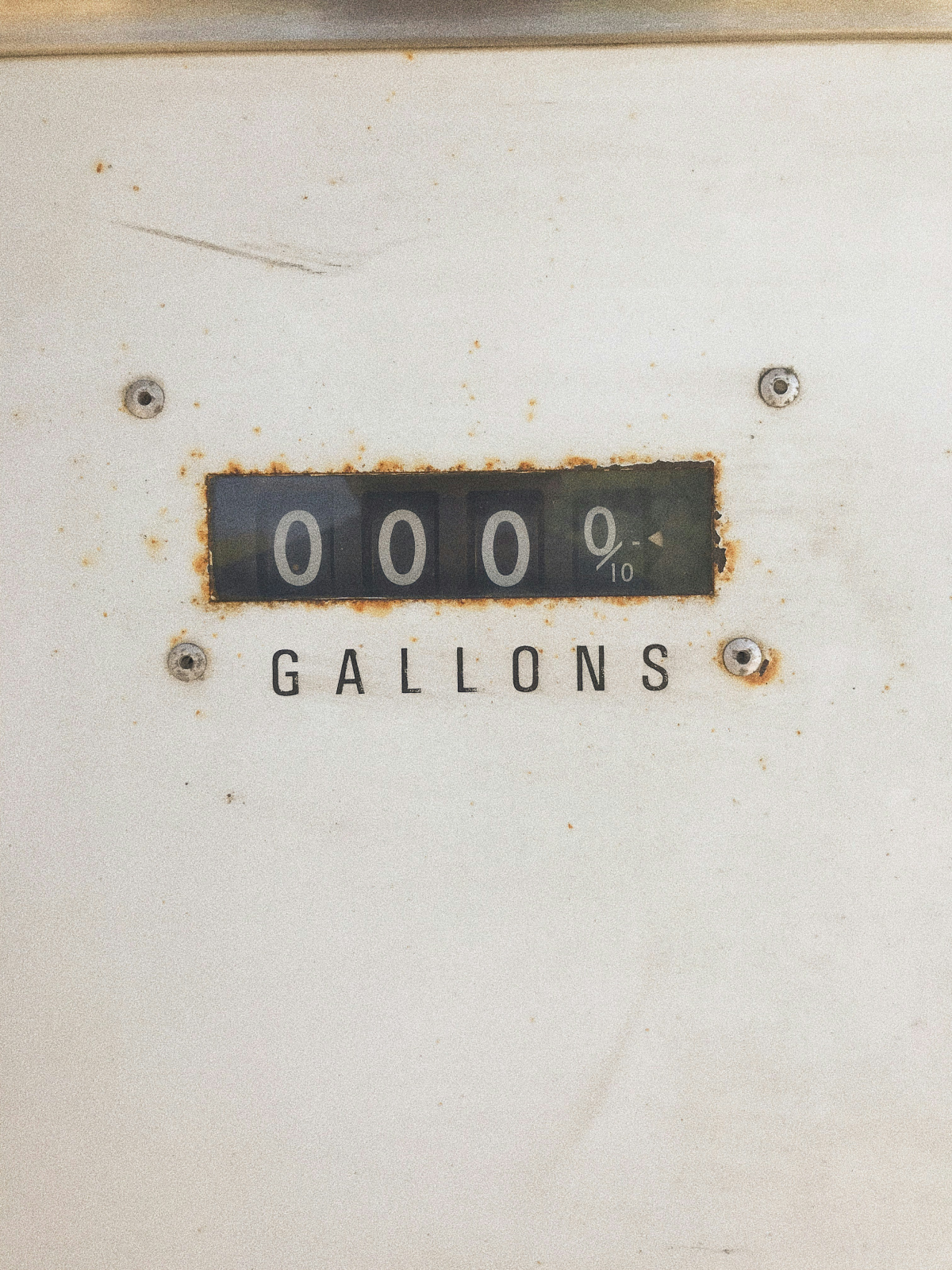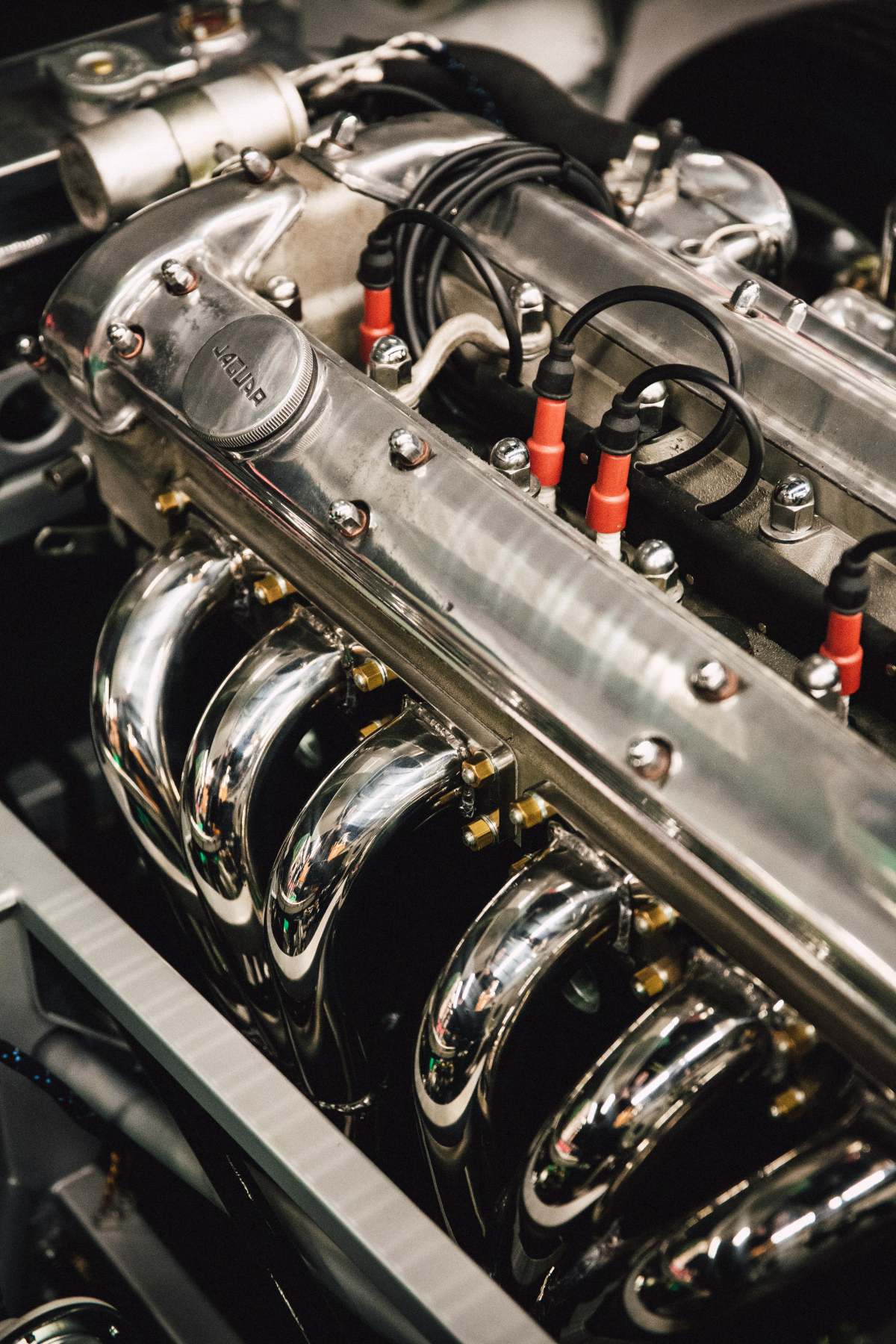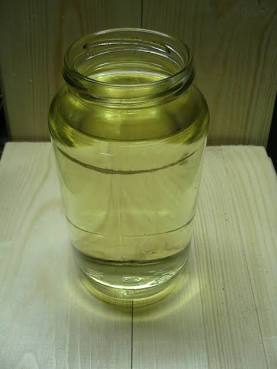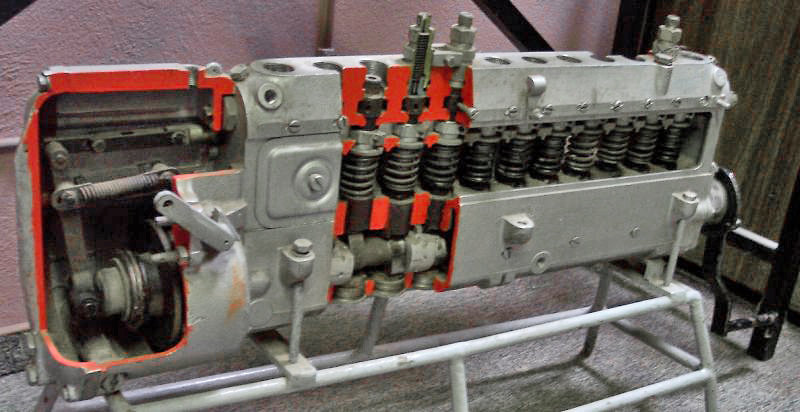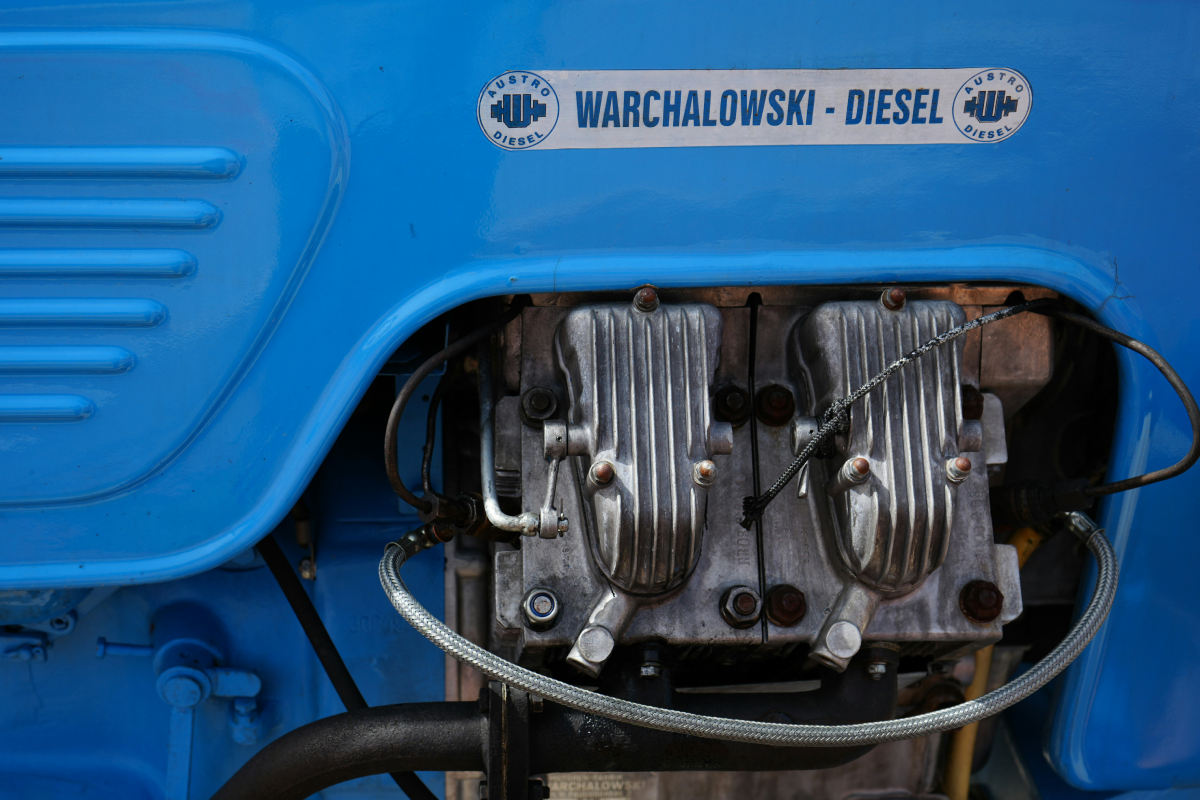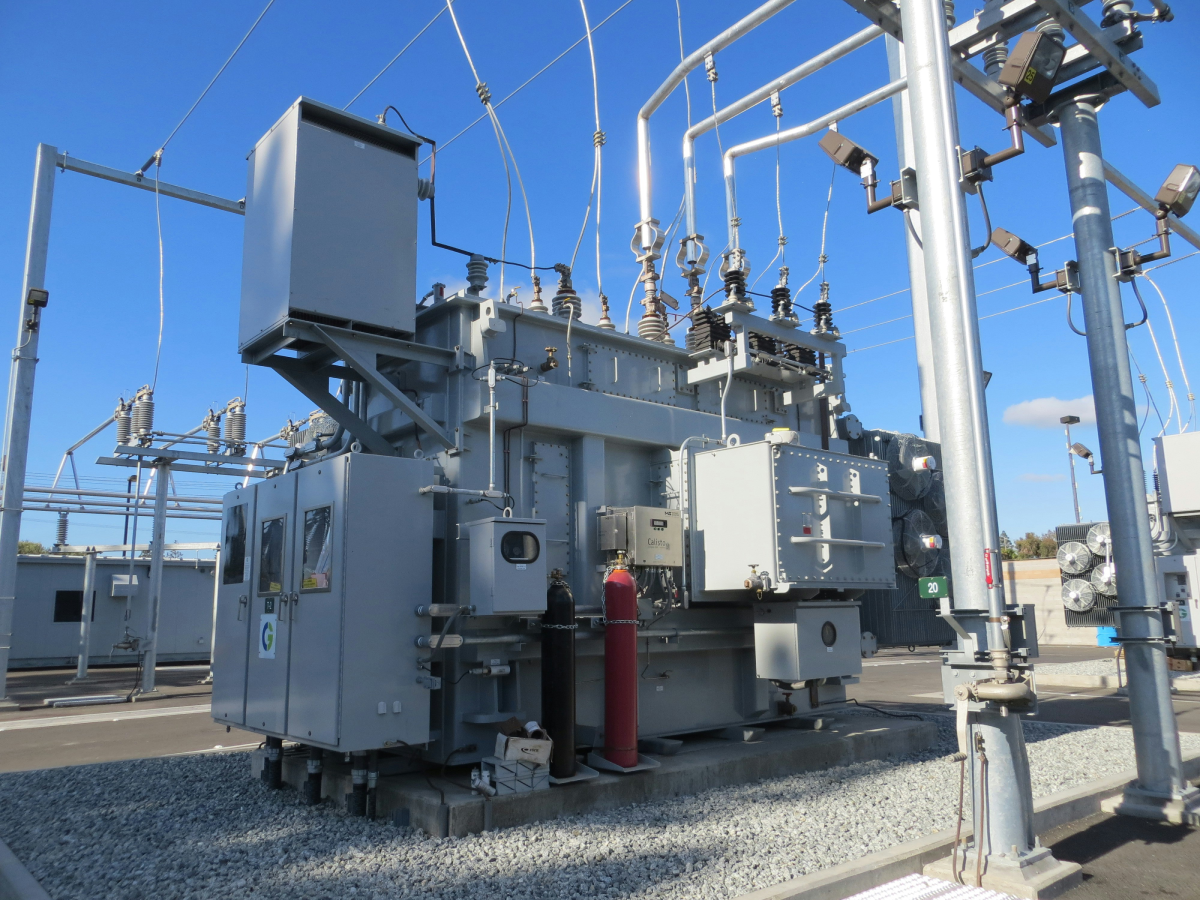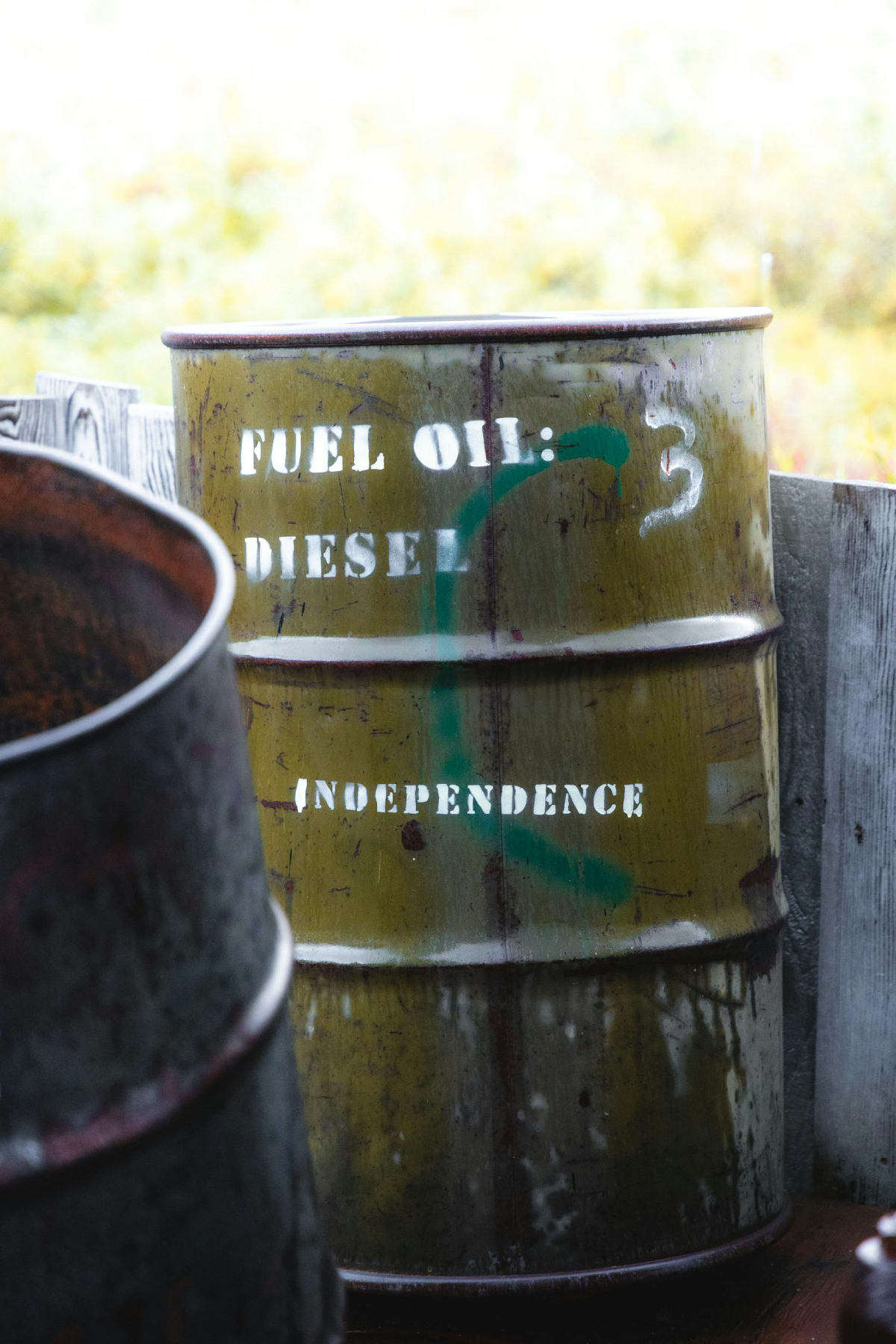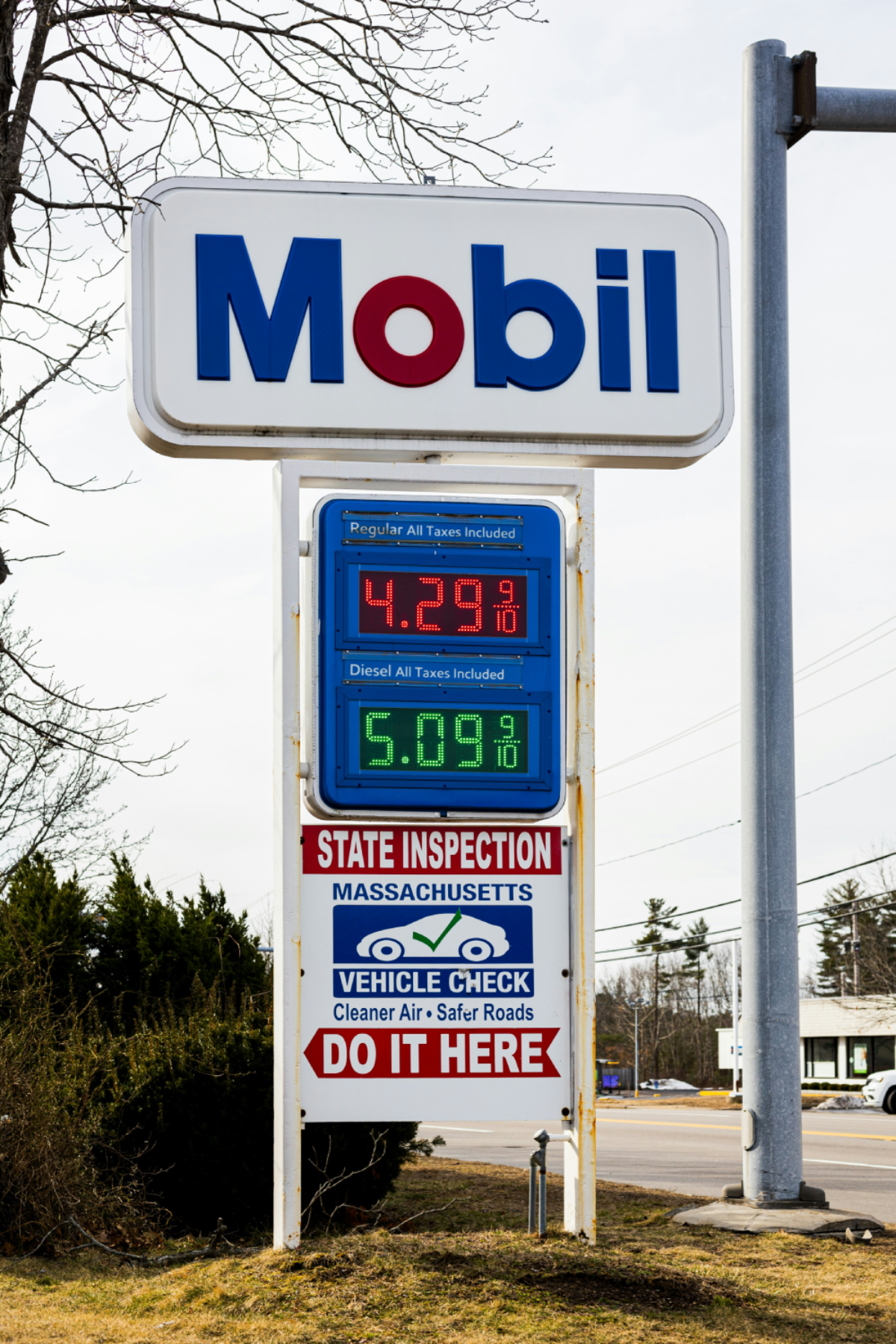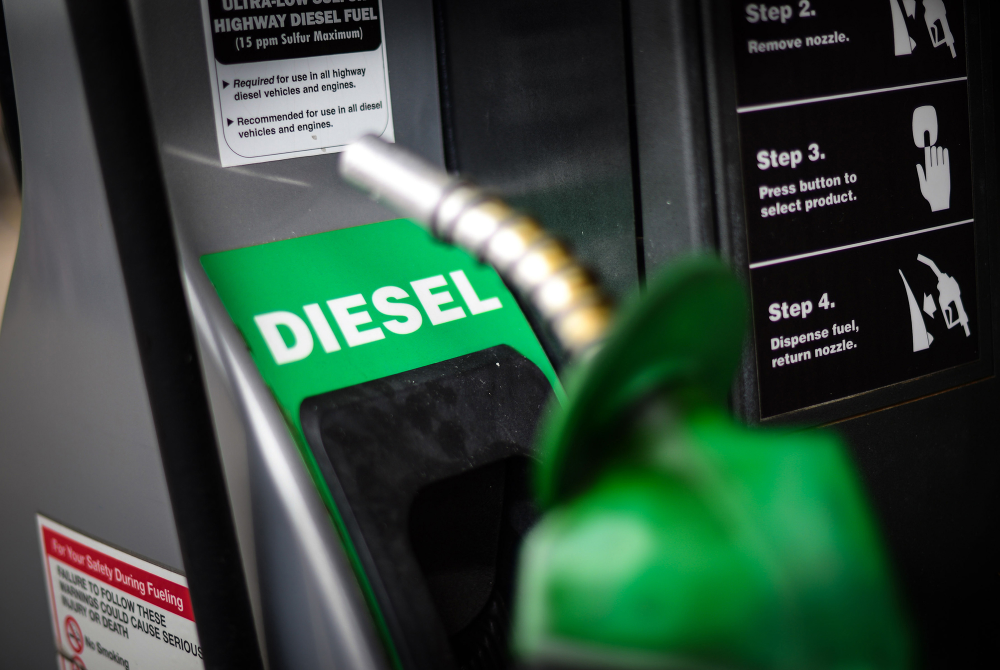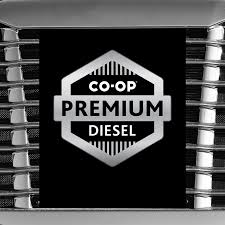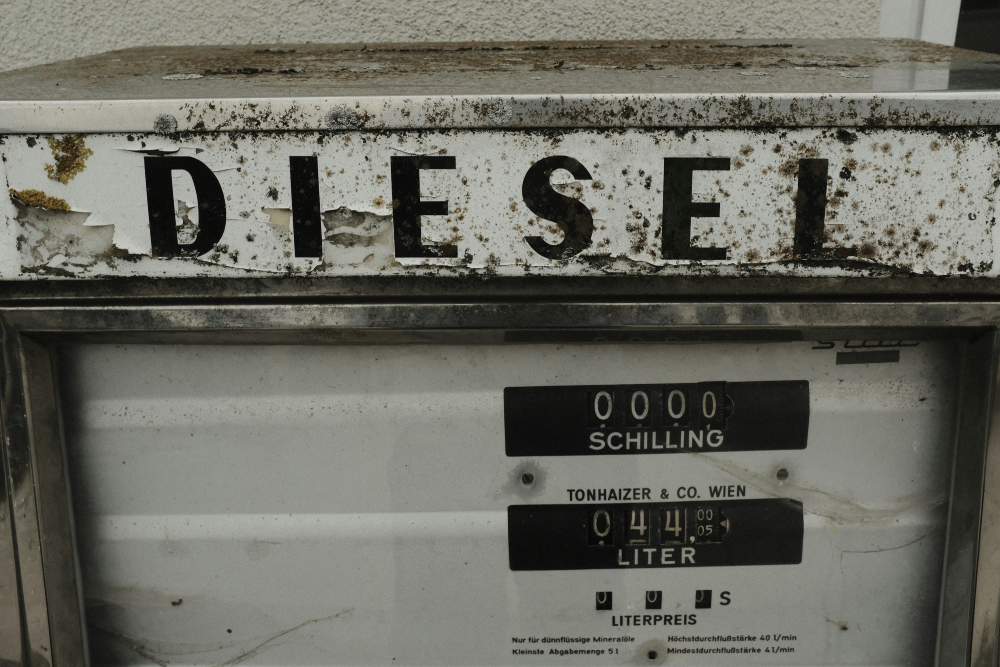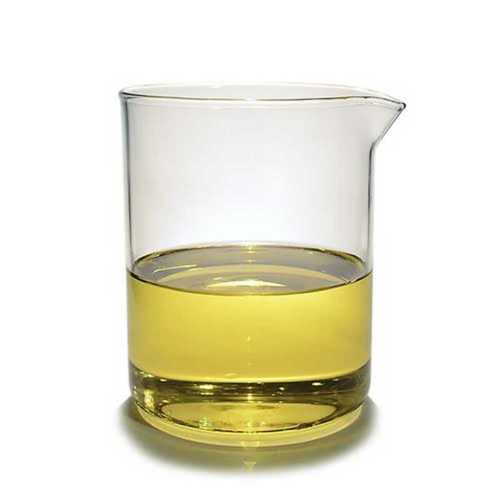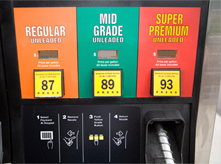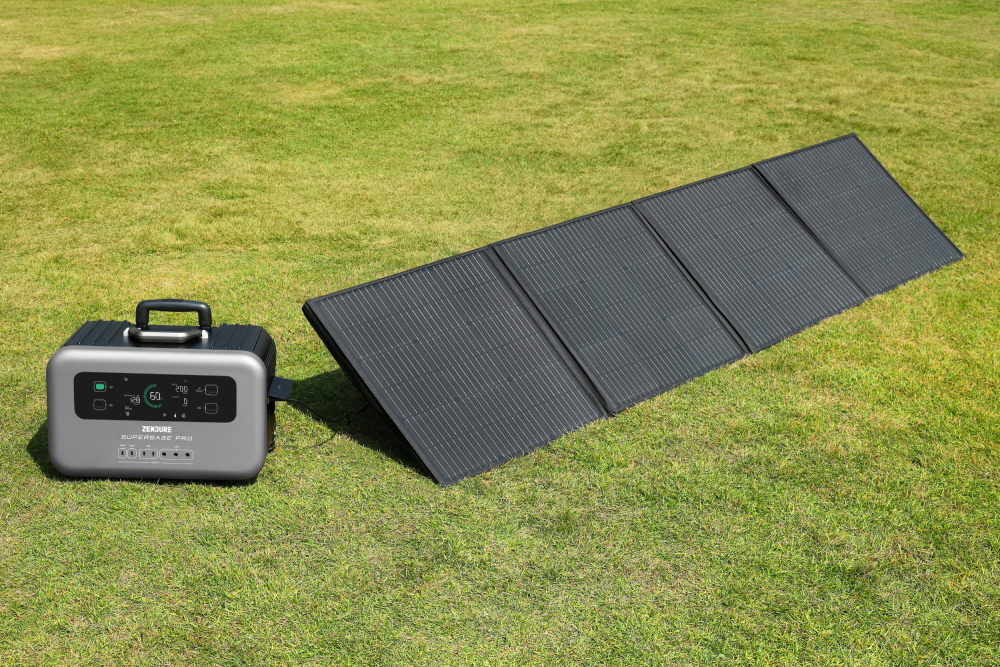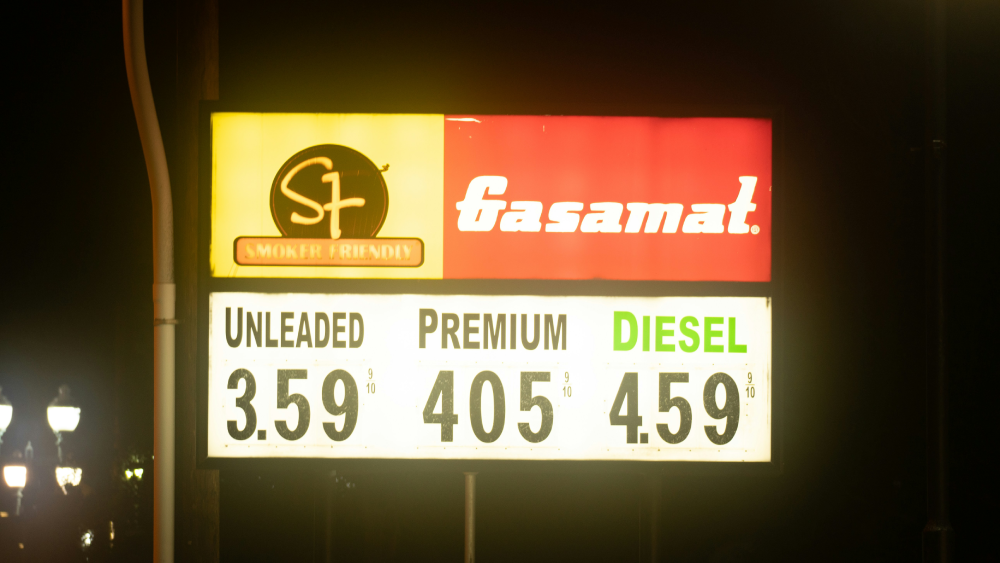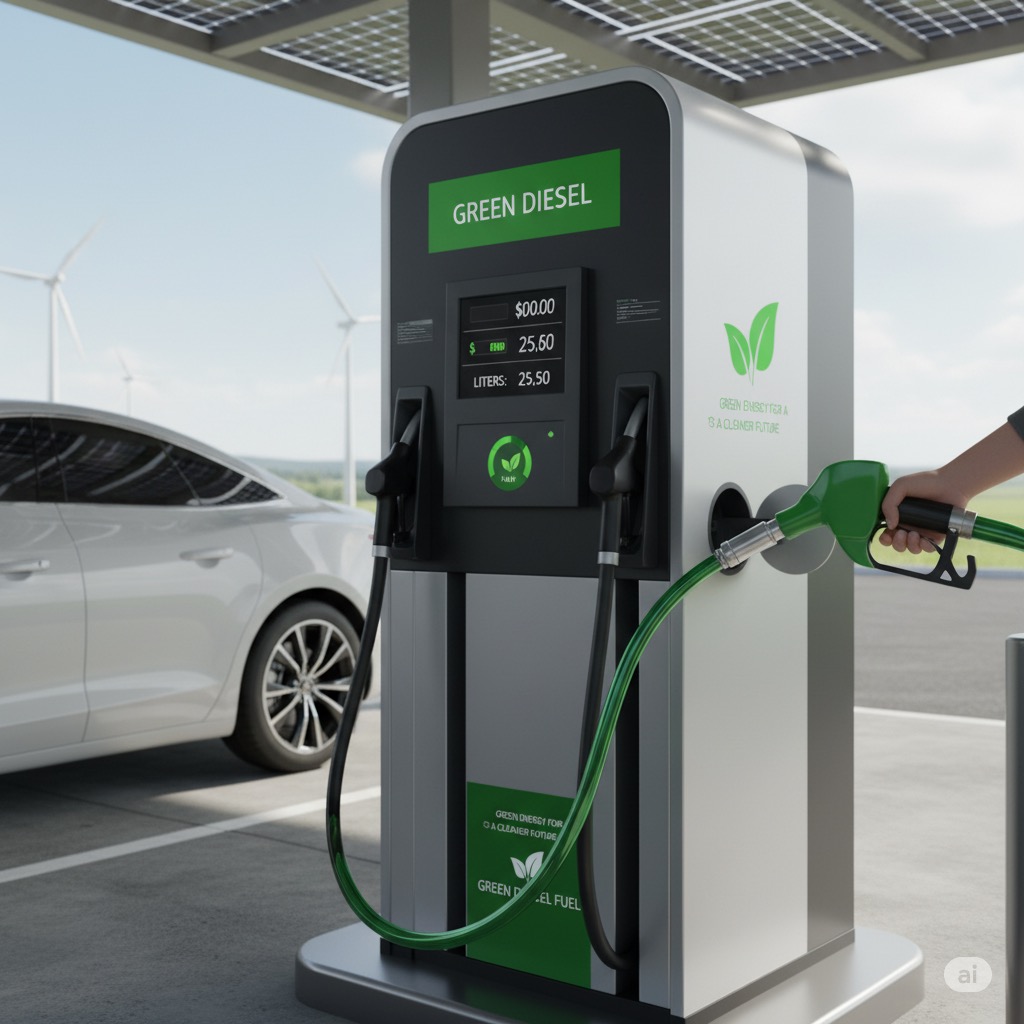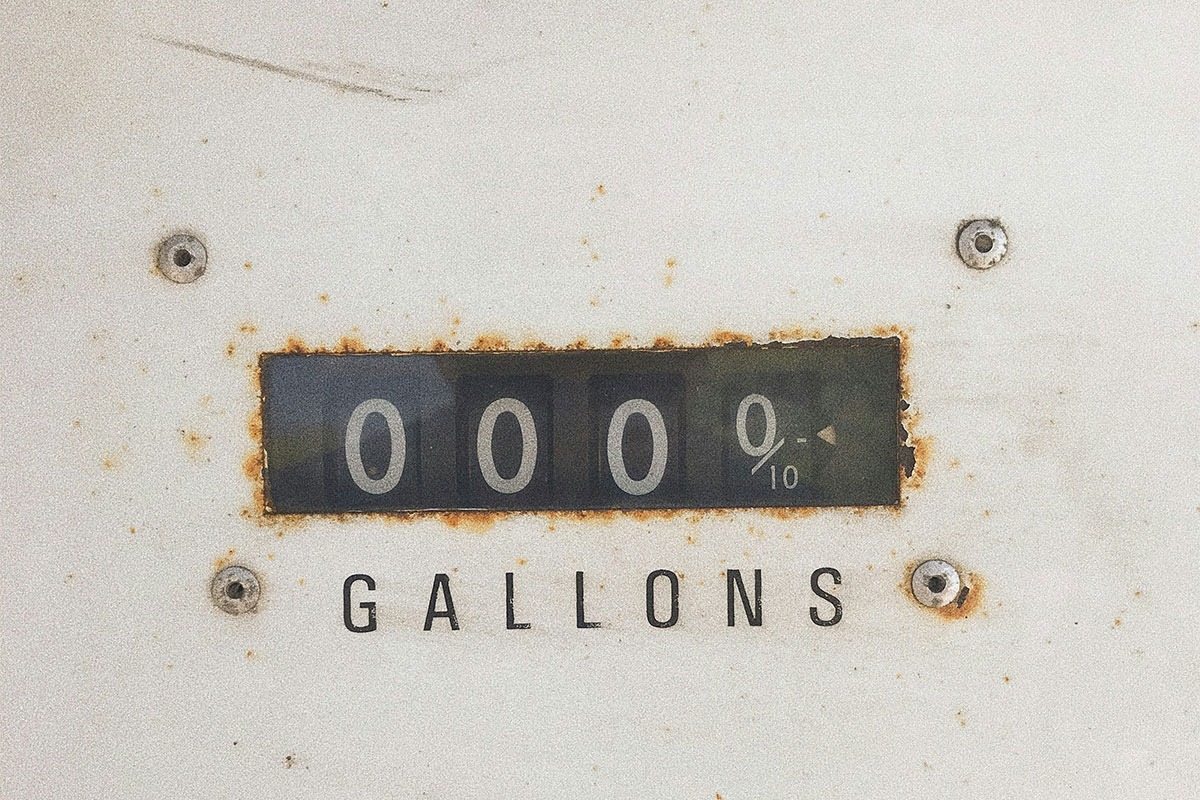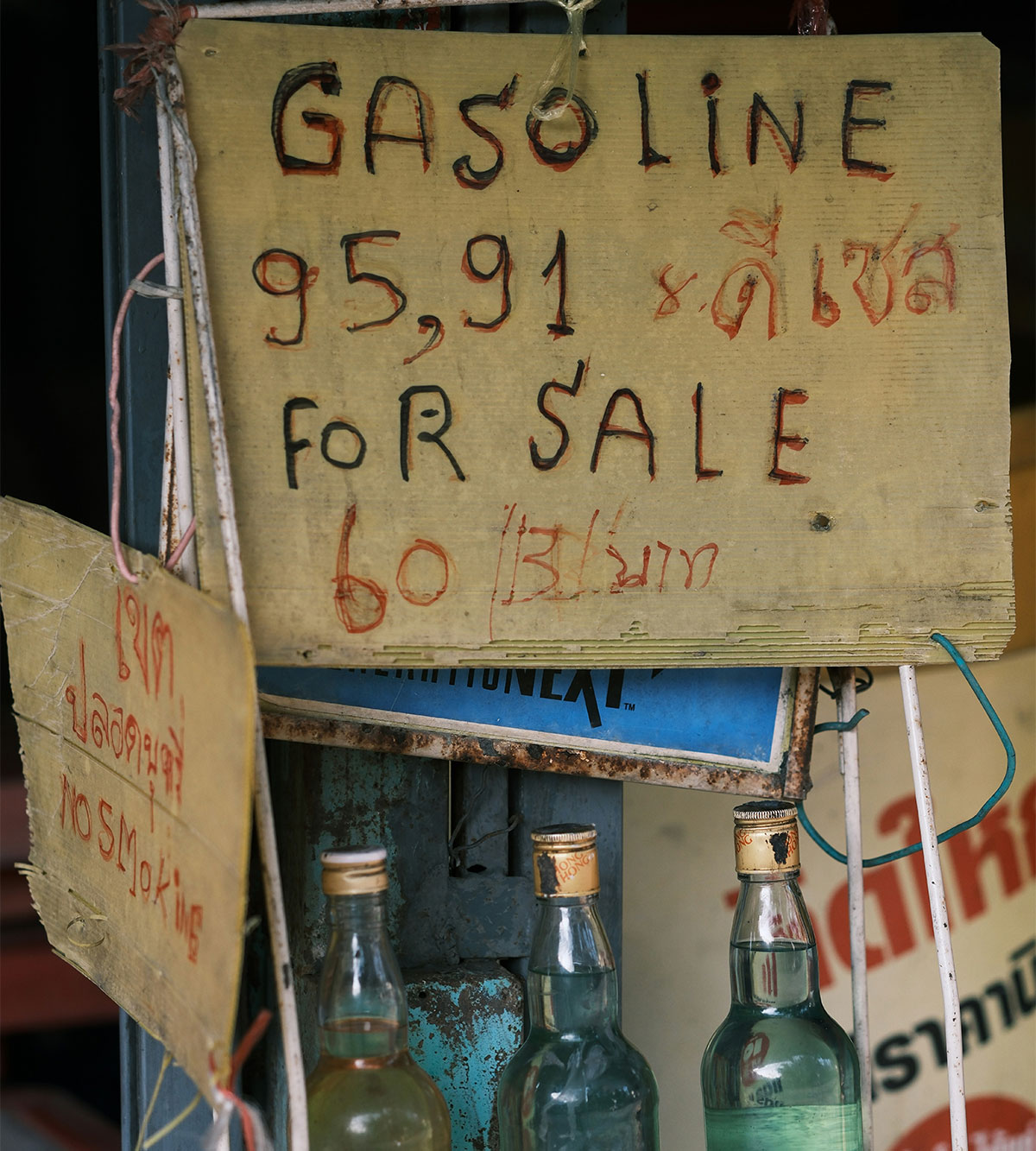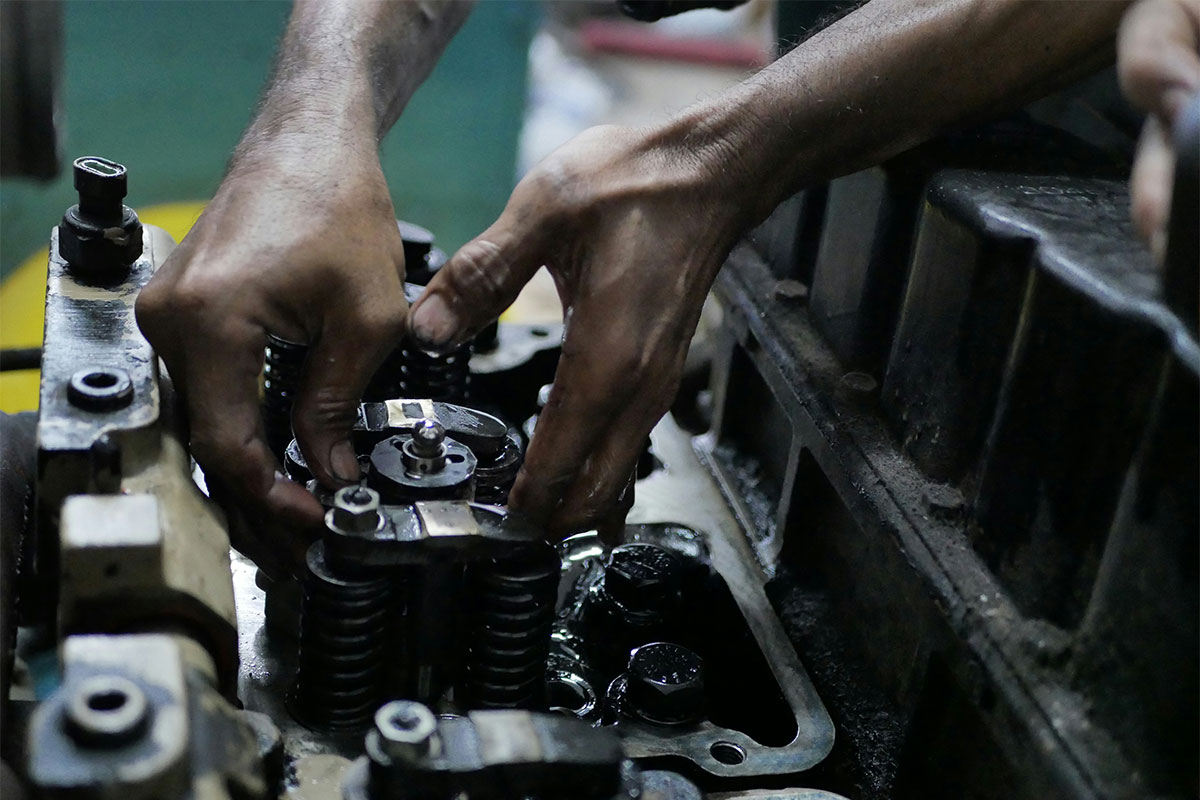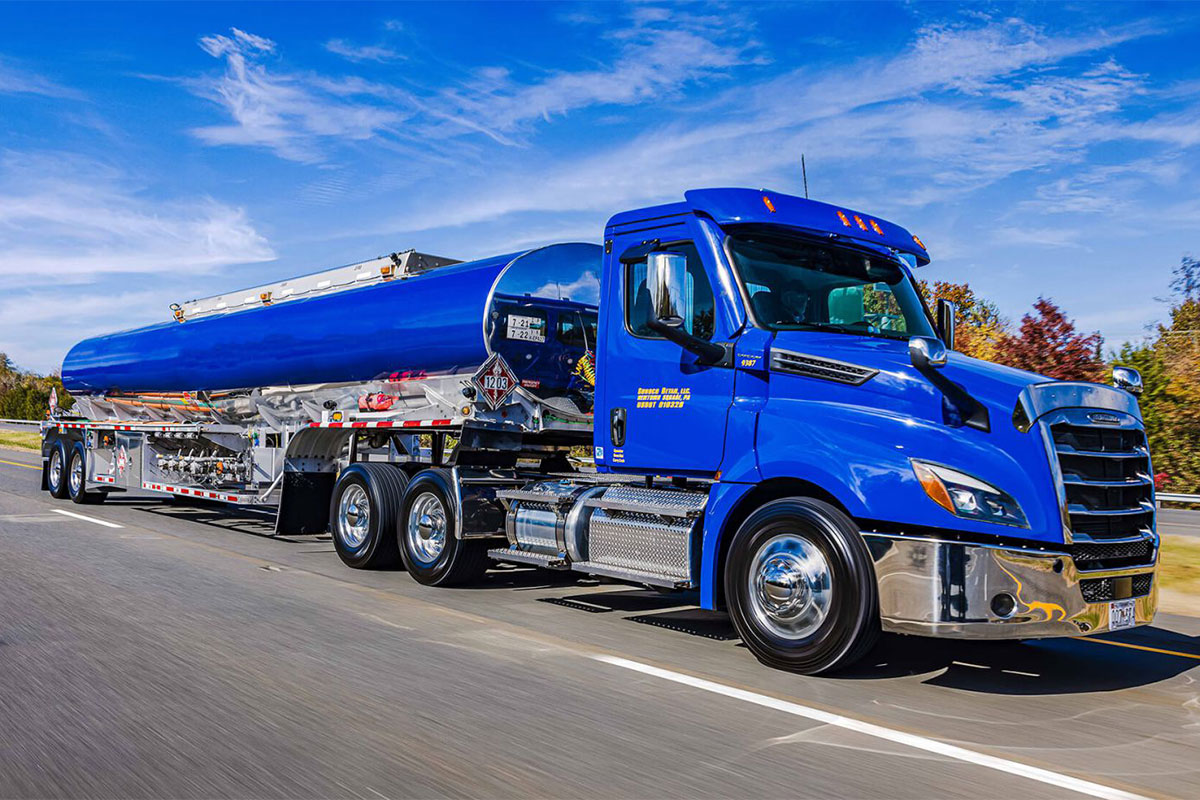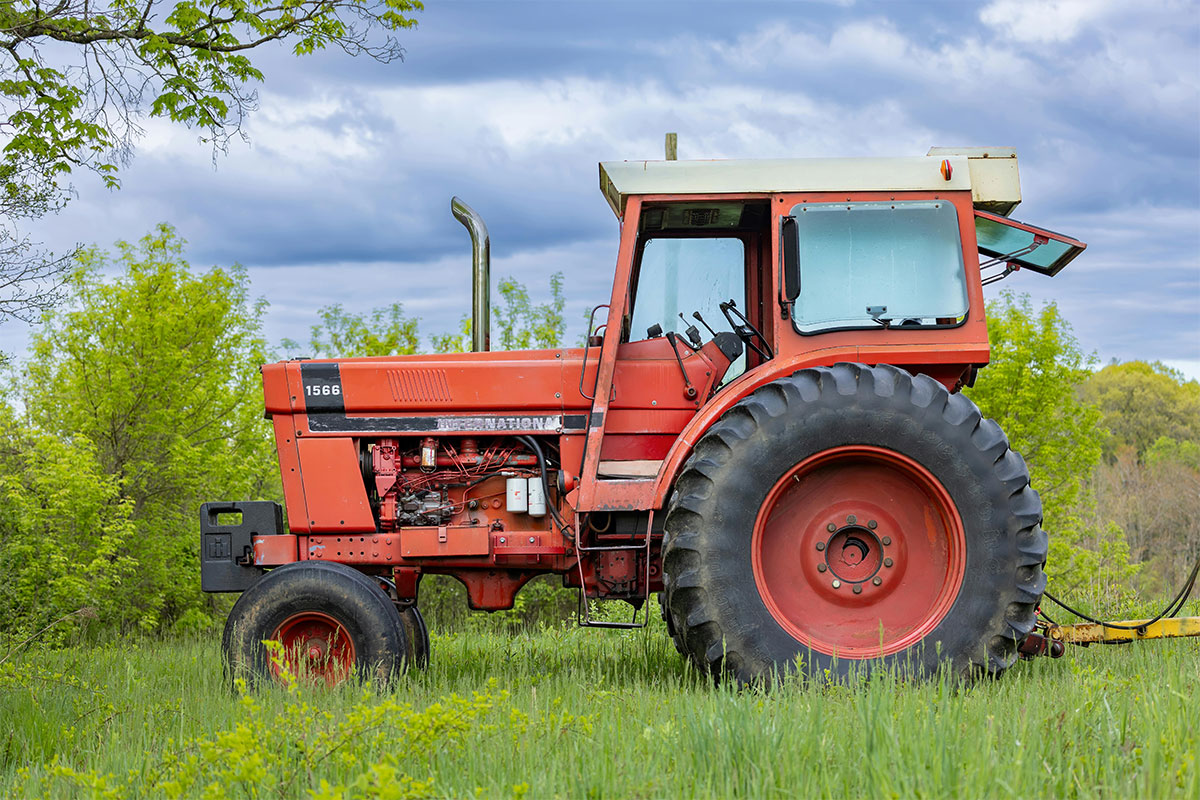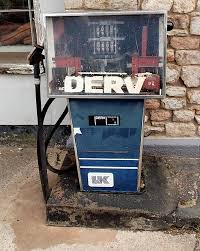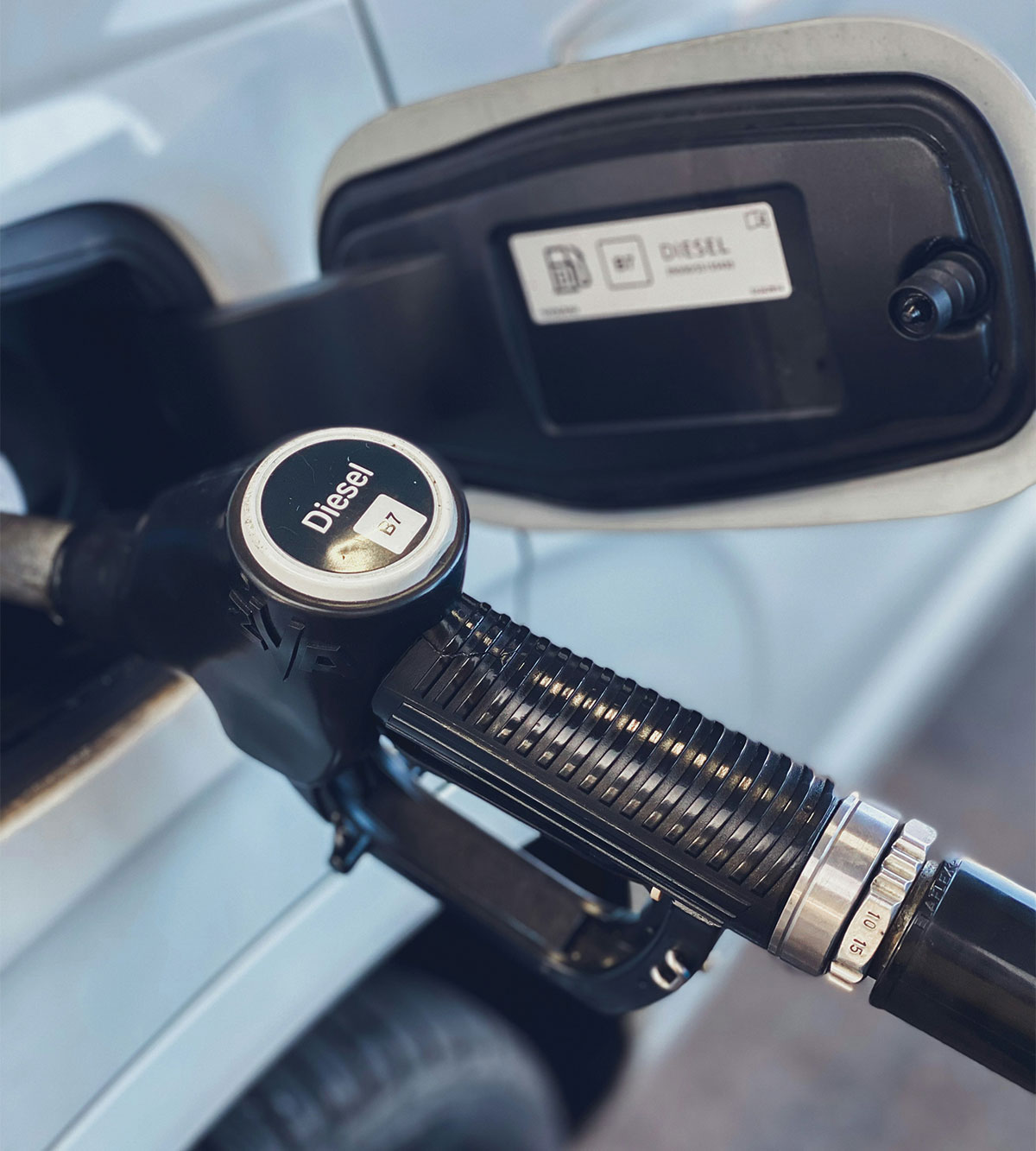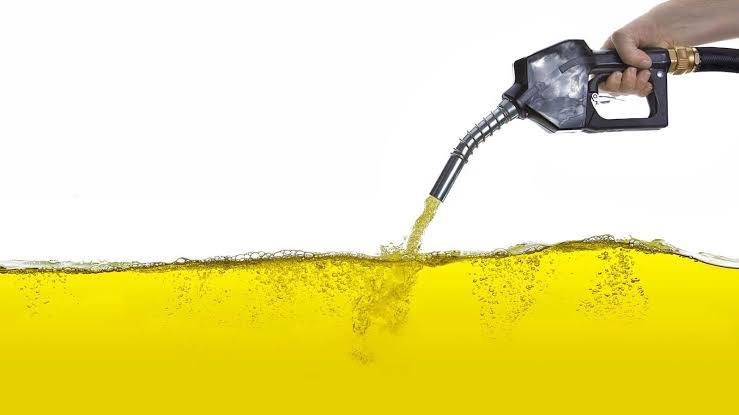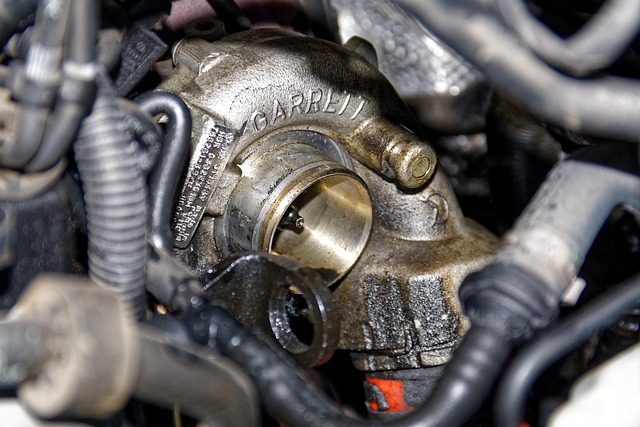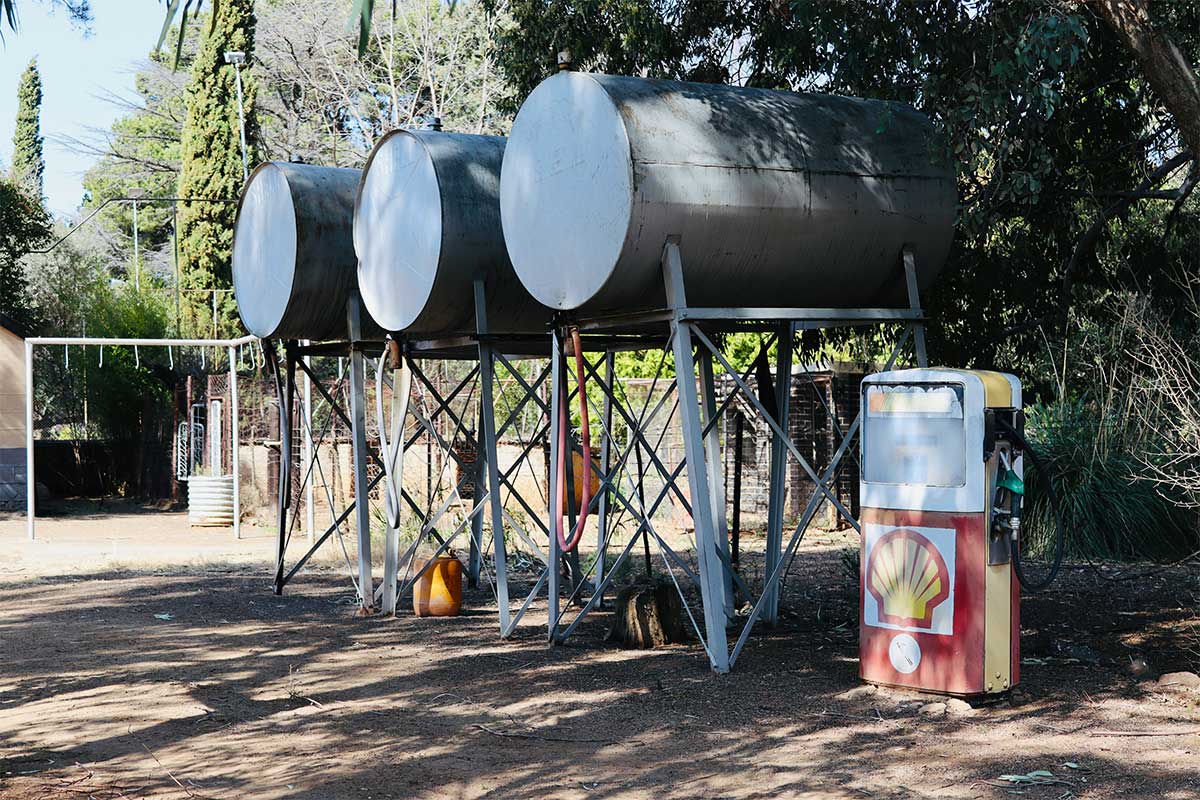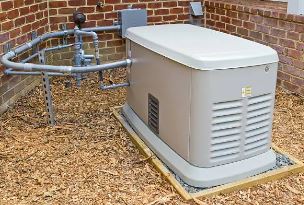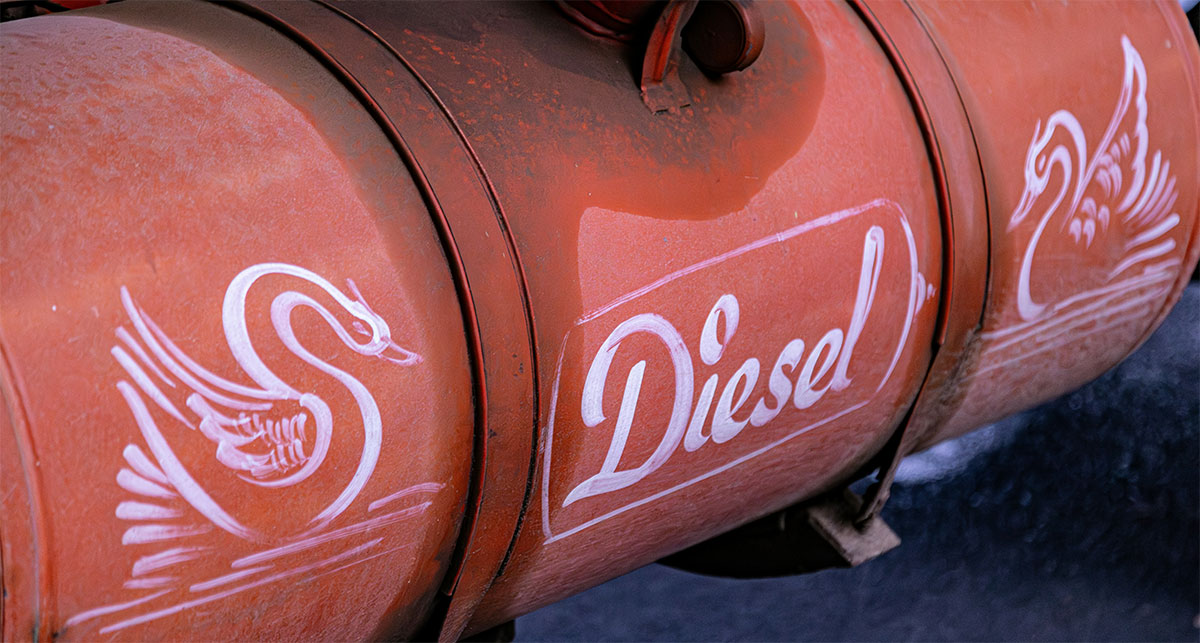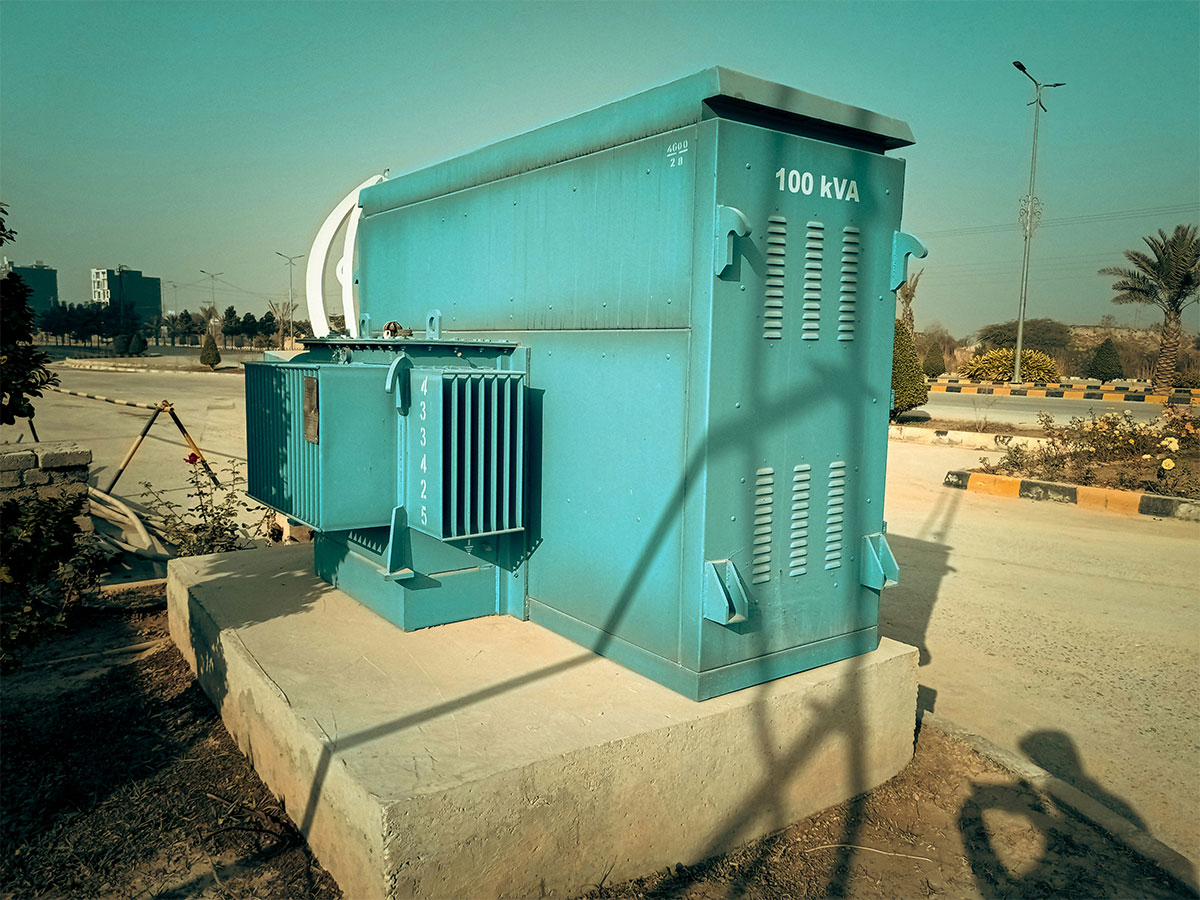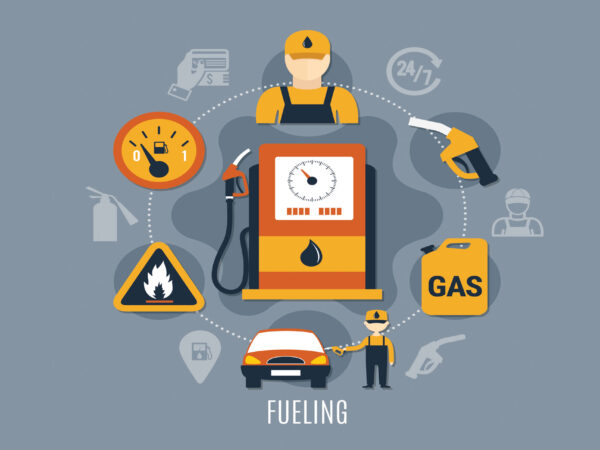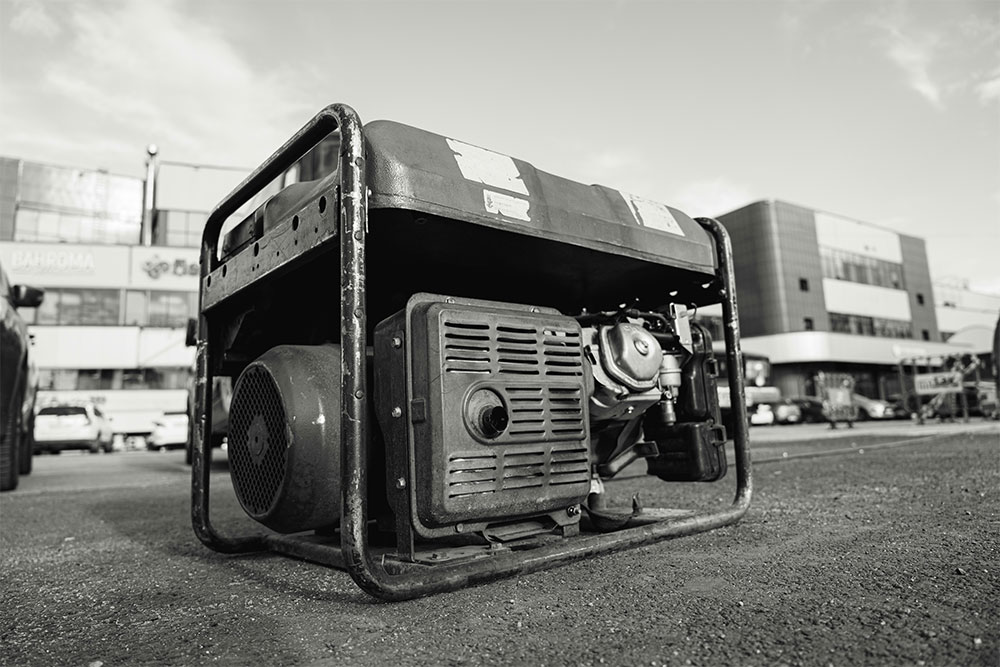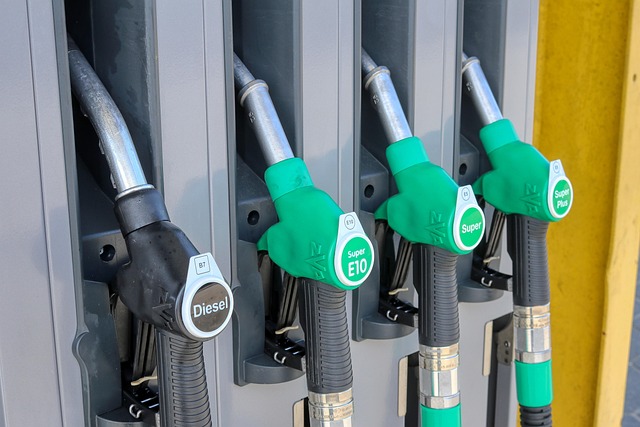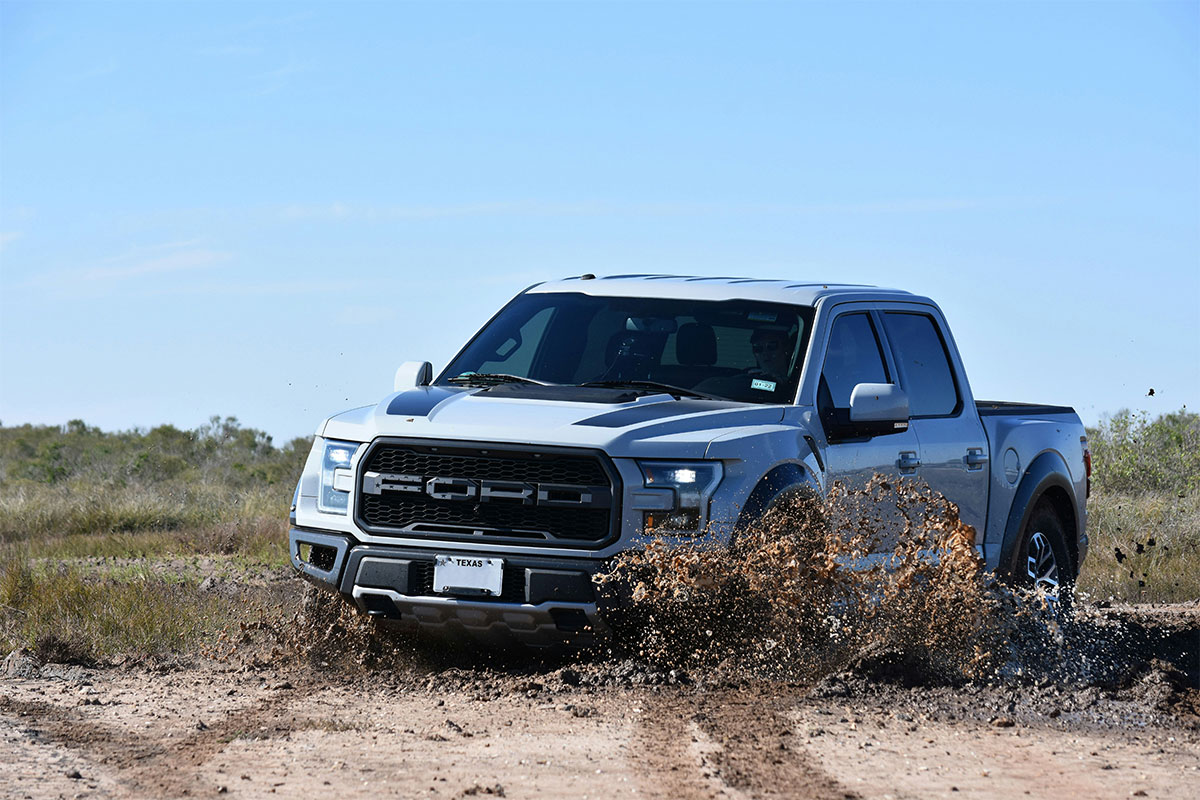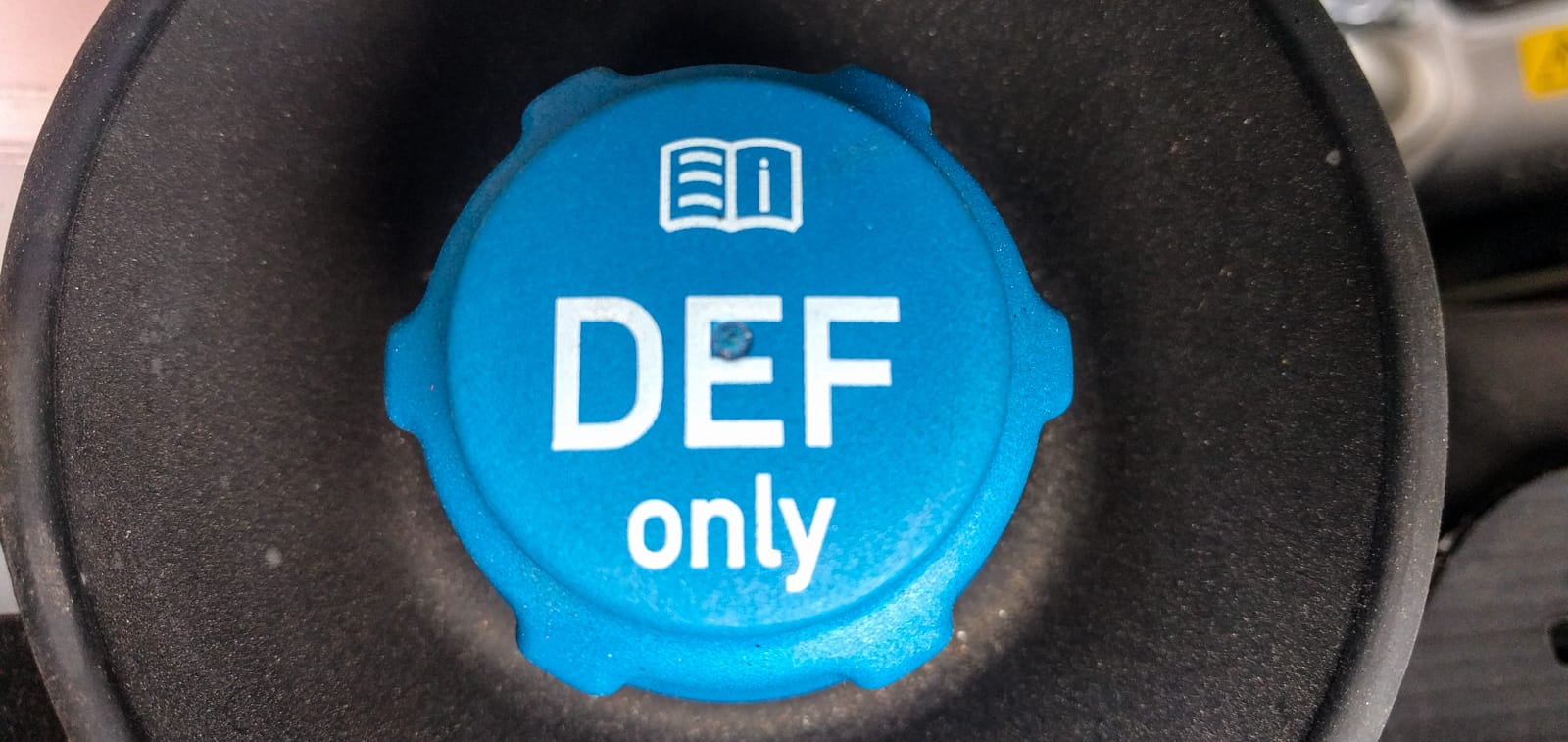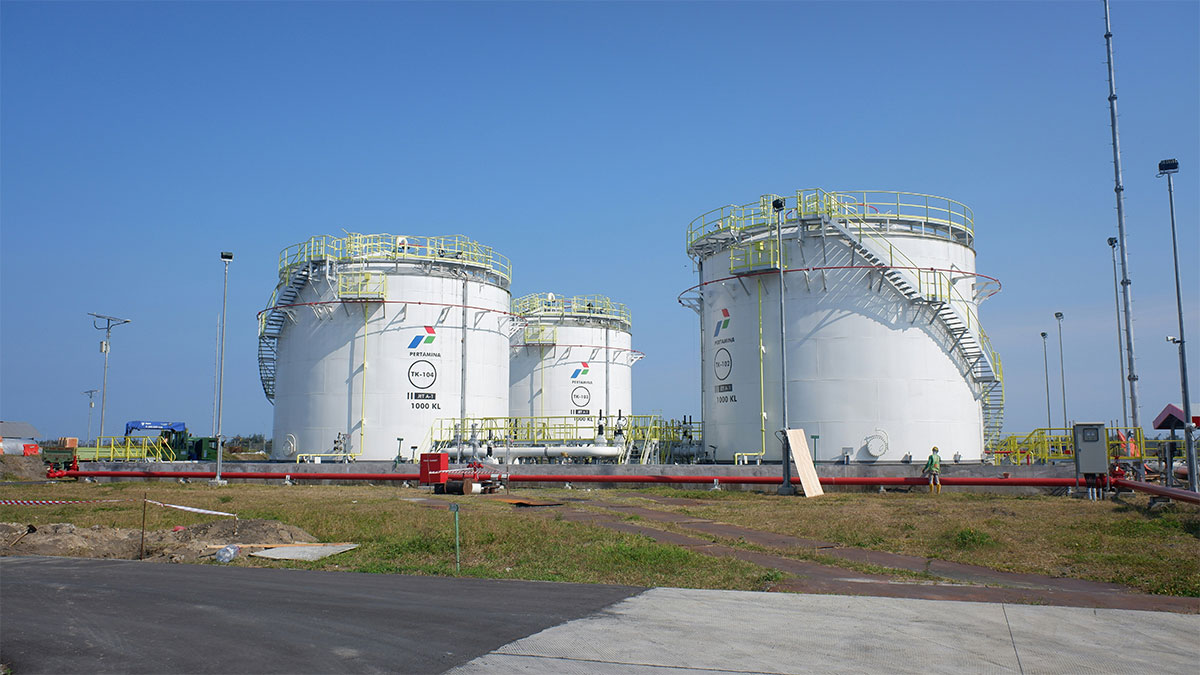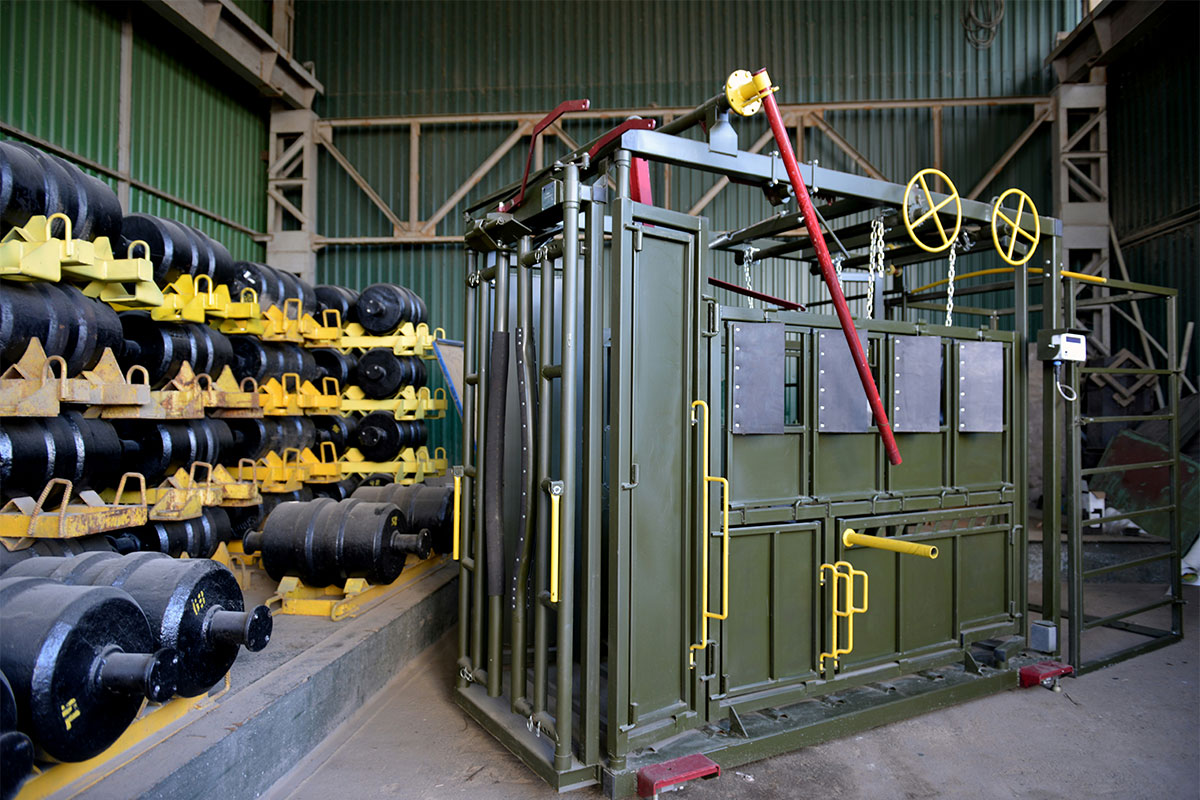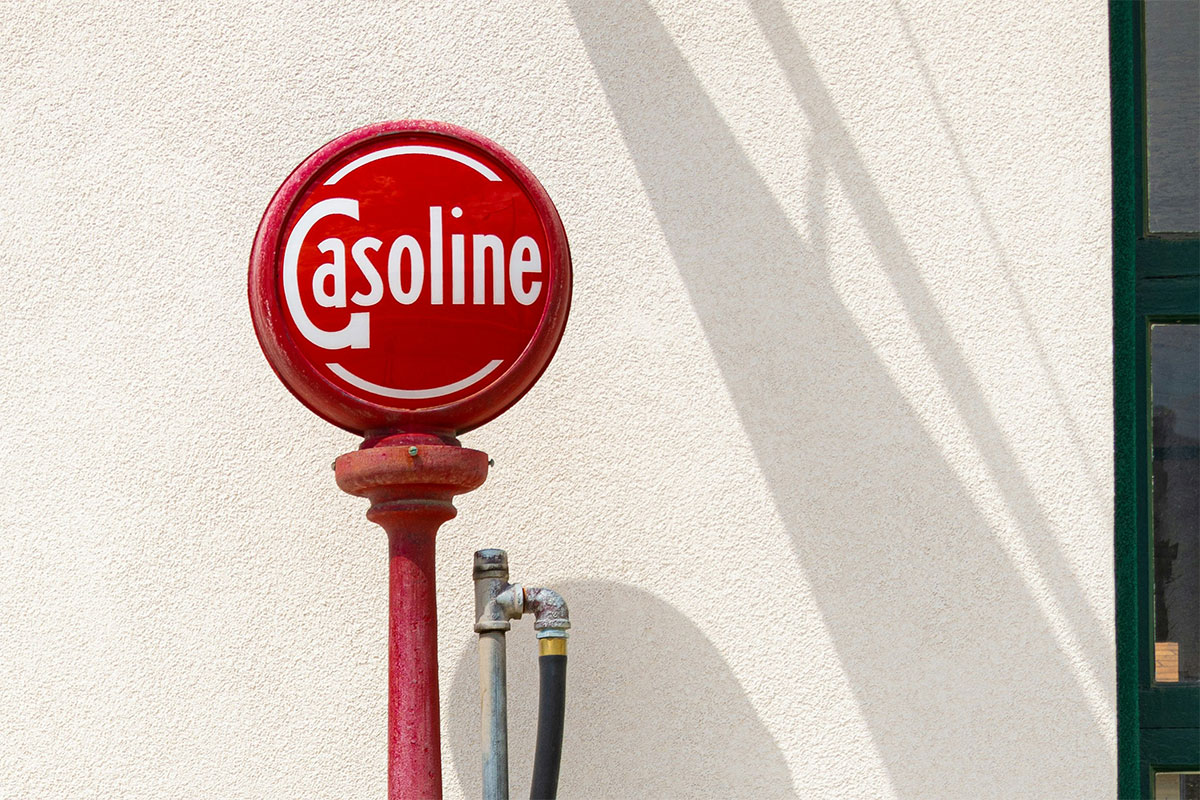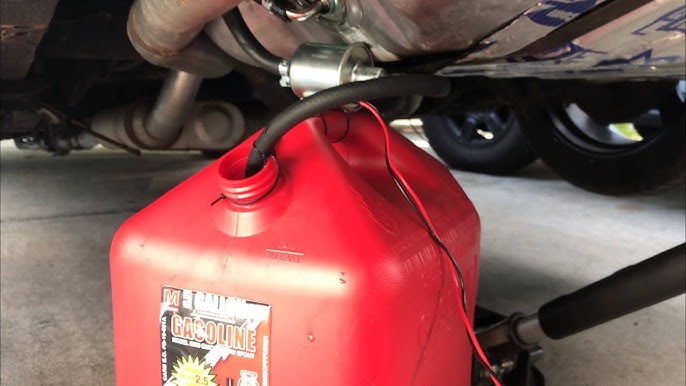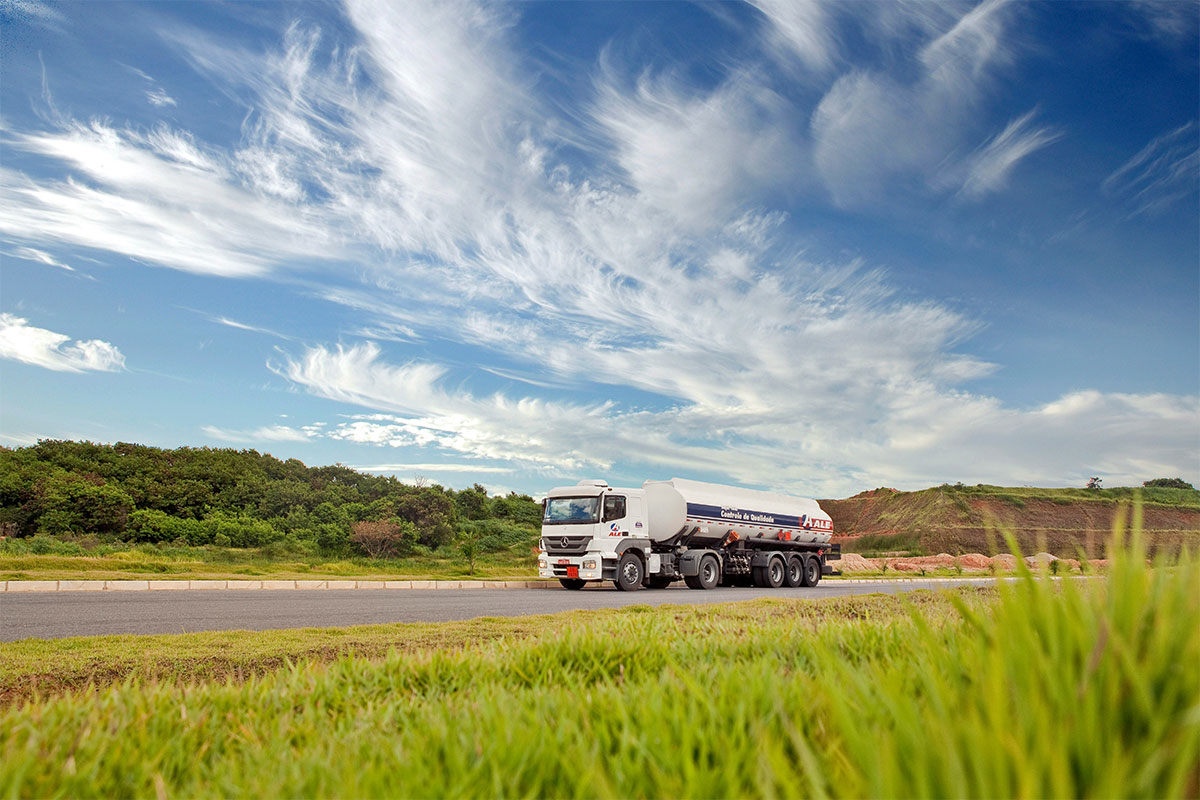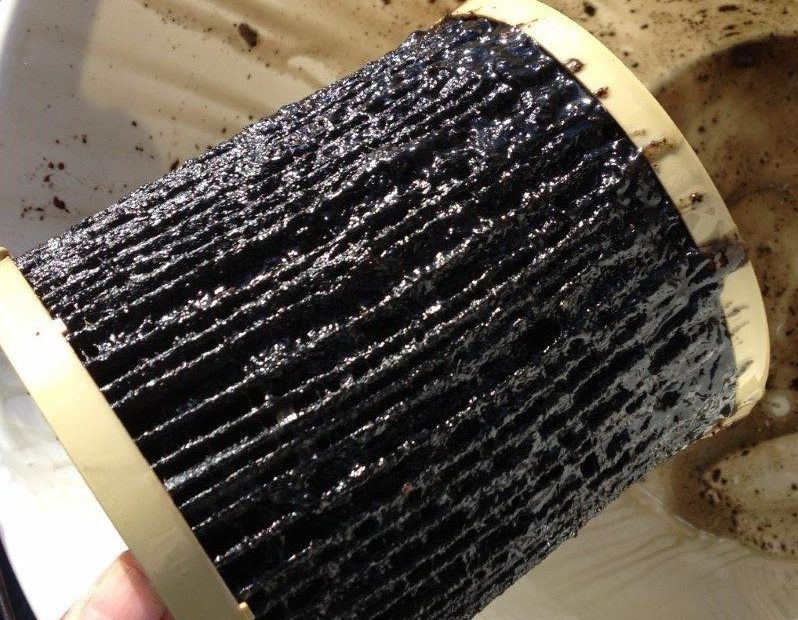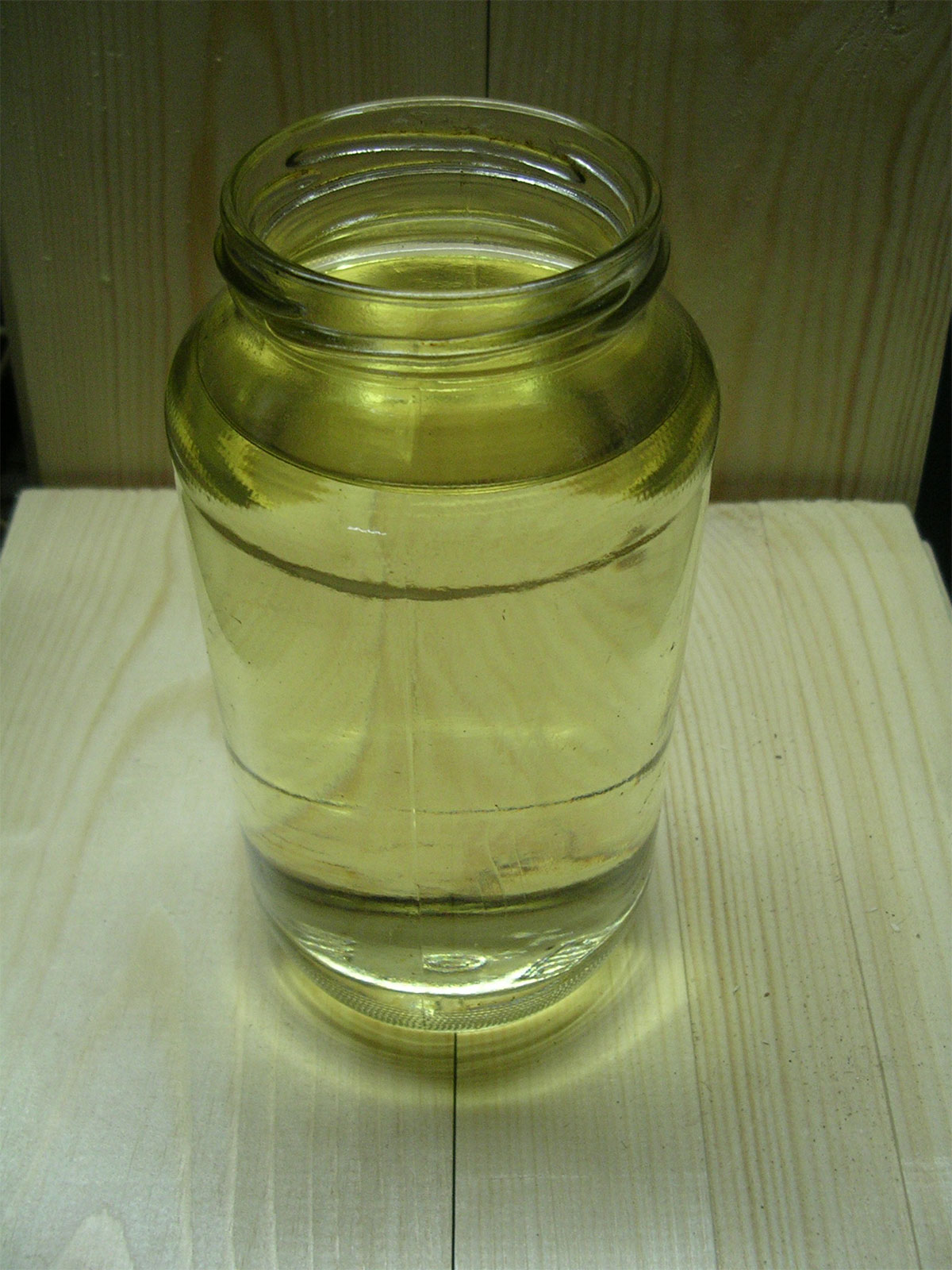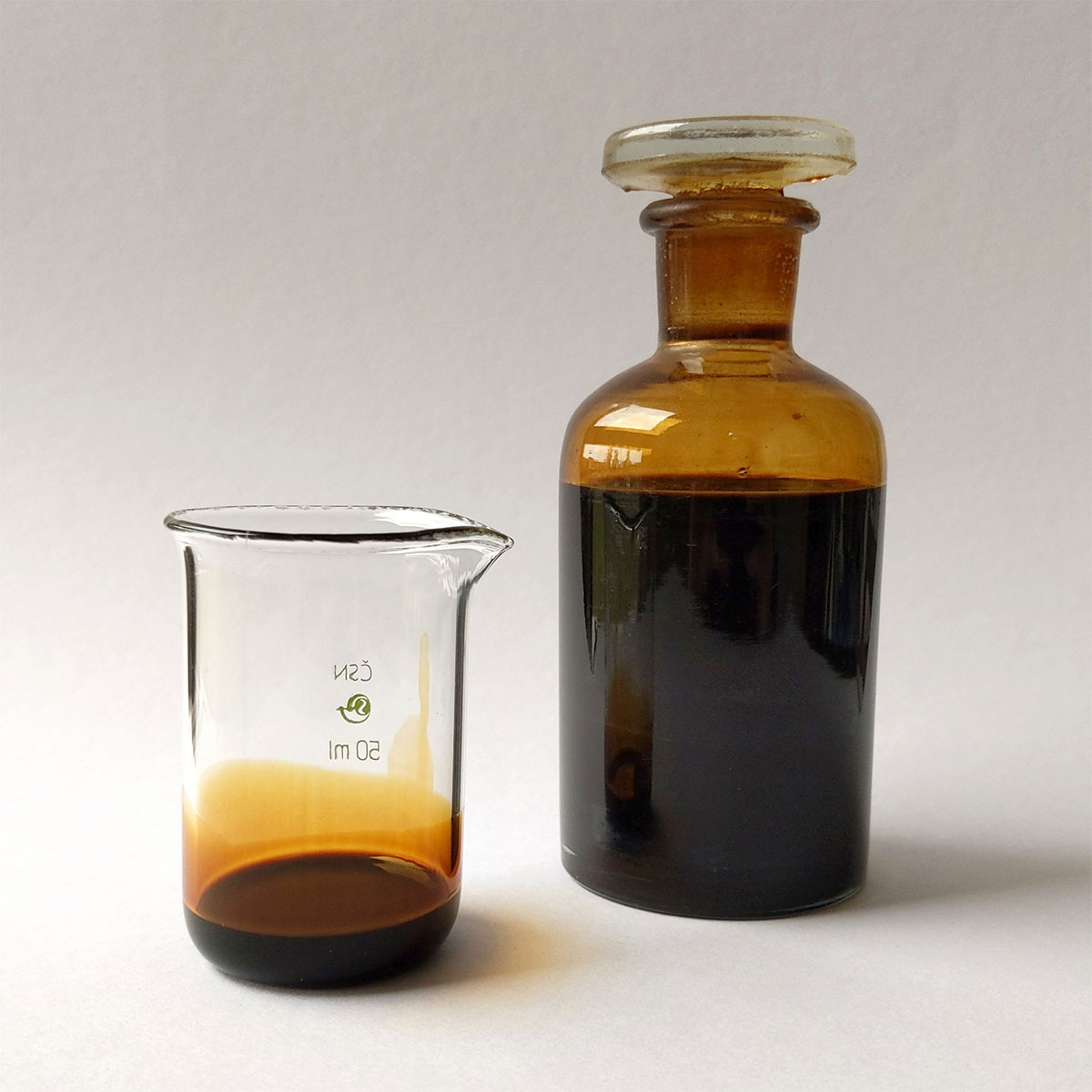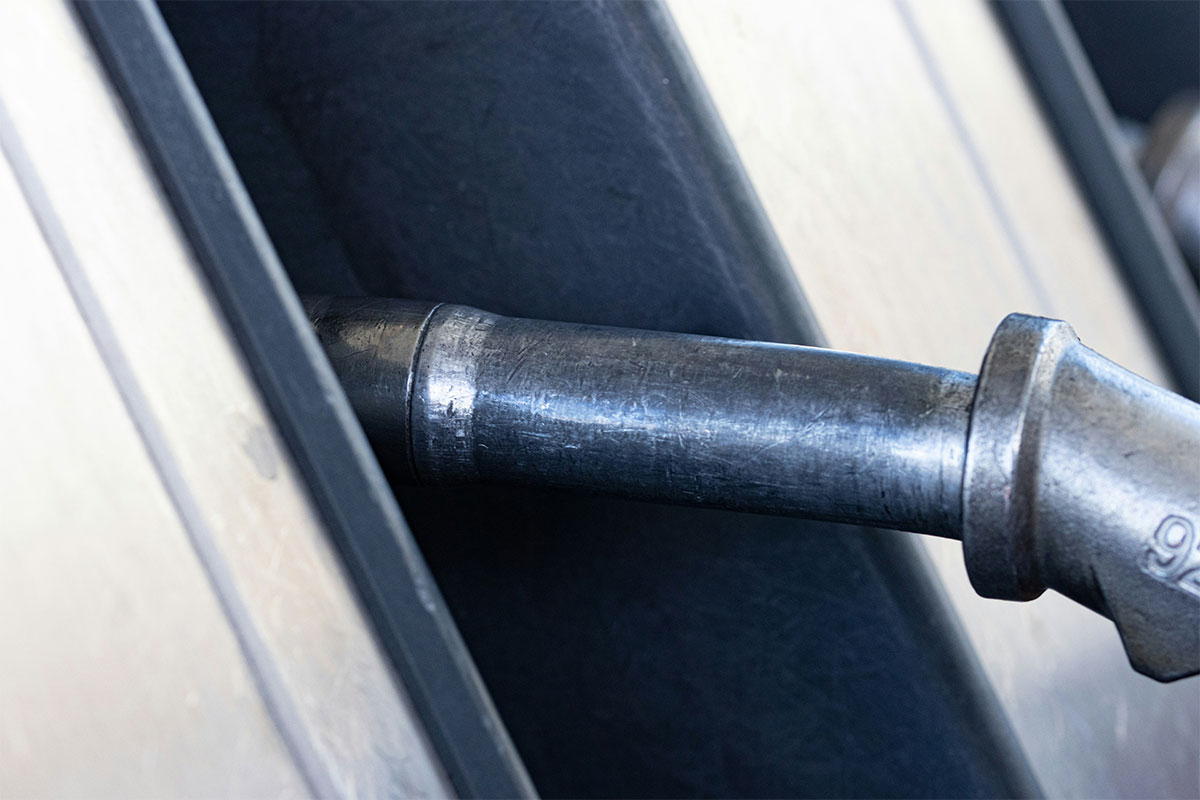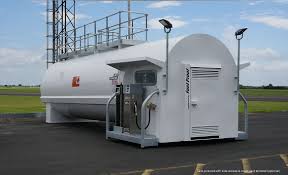Key Takeaways
- Biodiesel is gotten from renewable sources while diesel is gotten from petroleum
- There are significant disparities in environmental impacts, fuel efficiency and and emissions between biodiesel and diesel
- For consumers and manufacturers, considering the compatibility with the engines is a major consideration
Table of Contents
Biodiesel Vs Diesel
The main differences between biodiesel and diesel is in their composition and origins. Biodiesel is obtained from renewable resources such as animal fats, vegetable oils and algae. It is a biofuel. Whereas diesel is a product of crude oil gotten through the industrial process of refining.
Biodiesel is considered a cleaner source of fuel given that it is derived from natural resources that are replenishable, it also gives off less emissions and also produces residues that are less toxic like sulfur. However, its popularity is stunned by the cost of its production and public image
In regions and nations seeking cleaner sources of fuel, biodiesel is becoming increasingly popular as it is considered more eco-friendly. Biodiesel is also cheaper in the long run, as the machines that consume it are cheaper to maintain over time. This has led to its growing market share globally, valued at $32.09 billion in 2021. As for diesel, it is way more popular and has been in use for a very long time. Its market share was estimated at $241.41 billion in 2024.
What Is The Difference Between Biodiesel And Diesel Fuel Efficiency?
To understand the efficiency of fuel types, we have to consider their output per gallon, expressed in the British Thermal Unit (BTU). The table below depicts the differences in efficiency between biodiesel and diesel.
| Category | Biodiesel | Diesel |
|---|---|---|
| Energy Output (BTU/gal) | ~118,000 BTU/gal | ~129,500 BTU/gal |
| Fuel Economy (Mileage) | 8–12% lower than diesel | Higher mileage per gallon due to higher energy content |
| Engine Power Output | Slightly reduced (due to lower energy) | Optimal power output |
| Combustion Completeness | More complete combustion (higher oxygen content) | Less oxygen; slightly more soot but more energy dense |
| Cold Weather Behavior | Prone to gelling and poor cold starts below 40°F (4°C); needs additives or blends | More cold-resistant; gelling begins around 15°F (-9°C) |
| Cetane Number (Ignition Quality) | 50–65 (higher = better ignition quality) | 40–55 |
| Lubricity | Excellent; reduces engine wear | Poorer (especially ULSD); often requires additives |
| Emissions Profile | Lower CO₂, CO, PM; slightly higher NOx | Higher CO₂ and PM; lower NOx than biodiesel |
Curious If Your Vehicle Can Run on Biodiesel?
Not every diesel engine is biodiesel-ready. Whether you’re thinking B5, B20, or B100, we’ll help you assess your vehicle’s compatibility and avoid costly mistakes.
How Does Biodiesel Compare To Diesel In Trucks?
More and more,?563 conversation around biodiesel vs diesel is becoming relevant for the act duty trucks. Due to its cleaner burning process, biodiesel is getting some popularity in the trucking community but there are still some concerns around torque and engine wear that have to be addressed.
Biodiesel and diesel also differ on their refueling needs with biodiesel needing more frequent refuels depending on what blend is being used. Several manufacturers have shown interest and support for biodiesel in truck use with some blends like B20 having specific truck models designed for them.
Can You Use Biodiesel In A Regular Diesel Engine?
Most modern diesel engines can handle some blends of biodiesel, especially B20. For older diesel engine models, compatibility issues may arise. So the practicality of using biodiesel in diesel engines is a topic of great interest. As a rule of thumb, any diesel engine pre-1994, will not tolerate biodiesel, from 1994-2006, some blends can work but the fuel system may have to be upgraded and from 2007 till now, the diesel engines are more likely to handle biodiesel fuel too.
It is advisable to check manufacturer recommendations for the B20 and B100 blends and consult vehicle specs before using any of them.
Keep in mind that the older a vehicle is, the less compatible its diesel engine will be with biofuels. So knowing the year of the engine was made is another way of not getting into an embarrassing situation.
Want Lower Emissions Without Losing Power?
Biodiesel blends can cut carbon emissions while protecting engine life—but only if used correctly. Get expert guidance on the best blends for your needs.
What Happens If You Put Biodiesel In Your Diesel Car?
Putting biodiesel in your diesel car is not without risks and consequences. The consequences can be long term or short term. Initially, when people start using biodiesel in diesel engines, they report increases in fuel efficiency. However there is a major risk of clogging due to the solvency of biodiesel.
Biodiesel’s chemical properties, such as its higher density and viscosity, can negatively affect fuel injection systems, leading to reduced engine performance and potential damage. Additionally, biodiesel’s corrosive and detergent properties can degrade fuel system components like seals and hoses, potentially causing leaks or failures.
The B5 and B20 blends of biodiesel were derived to curb some of these risks, permitting users to safely transition from diesel to biodiesel.
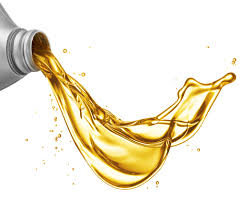
Can You Mix Biodiesel With Diesel Number 2?
In the conversation of biodiesel vs diesel #2, blend compatibility is very crucial in understanding fuel performance. For example, the B20 blend refers to 20% biodiesel and 80% petroleum diesel. B20 has a higher cetane rating leading to better ignition timing and combustion. This makes it more efficient and it also gives off less emission than diesel fuels.
Fuel performance can vary in different temperatures and so season must be considered when blending. The EPA and DOE provide guidelines for safe blending of biodiesel so that users can achieve the most safe and most efficient results.
What Is The Difference Between Biodiesel And Diesel Number 2?
In the comparison of biodiesel with Diesel #2, the relevant factors are; the cetane rating, viscosity, and use-case scenarios. These all differ, leading to varying operational characteristics. You understand the differences, the table below is relevant.
| Parameter | Biodiesel | Diesel #2 |
|---|---|---|
| Cetane Rating | 50-60 | 40-55 |
| Viscosity | Higher | Lower |
| Use-Case Scenarios | Heavy-duty vehicles, public fleets | Standard diesel engines |
| Blend Compatibility (B5) | Yes (5% biodiesel) | Yes (95% diesel) |
| Blend Compatibility (B20) | Yes (20% diesel) | Yes (80% diesel) |
| Emissions | Lower emissions | Higher emissions |
| Lubrication | Better lubrication | Standard lubrication |
| Storage | Requires careful storage | Longer shelf life |
| Cold Weather Performance | Gels in cold weather | Performs better in cold |
| Storage Stability | Less stable | More stable |
| Manufacturing Process | Transesterification | Fractional distillation |
| Blend Advantages | Emissions reduction, lubrication | Established infrastructure |
| Operational Trade-offs | Lower mileage, potential gelling | Higher mileage |
| Usage in Public Fleets | Common | Less common |
B5 and B20 blends have different performance profiles. This is why blend compatibility is crucial.
Ready to Make the Switch to Cleaner Diesel?
From heavy-duty trucks to farm fleets, switching to biodiesel can lower costs and emissions. Let us show you how to integrate biofuels safely and smartly.
Does Biodiesel Produce Less Emissions Than Diesel?
In terms of emissions, biodiesel consistently produces less carbon dioxide, particulate matter, sulfur and Ox emissions than diesel. Lifecycle data on emissions consistently cement biodiesel’s position as a cleaner option than diesel. Even at the level of field studies, emissions from biodiesel are less than diesel.
Why Is Biodiesel Not Compatible With All Diesel Engines?
In terms of compatibility, the main issues are the engine parts such as gaskets, hoses and seals. Which may not contain the properties of biodiesel. Older engines face greater risks and the newer ones will perform better in this regard.
OEM-specific guidance and warranty limits are important in determining compatibility, making it essential to consult manufacturer guidelines before switching fuels.
What Are The Negatives Of Biodiesel?
Biodiesel has several advantages but it also has serious limitations to be considered such as lower energy content, gelling in cold weather, and potential microbial growth.
The cost of production and availability remain challenges for widespread adoption. The shelf-life and degradation issues due to microbial growth also pose serious limitations and impact usability.
Why Is Biodiesel Not More Popular?
Adoption of biodiesel is stifled by several factors, economic constraints, regulatory hurdles and public image. Moreover, there is a lot of misinformation that skews public perception and there’s also the market dominance of fossil fuels that just makes biodiesel less popular.
Diesel has a market share ten times that of biodiesel.
Will Biodiesel Replace Diesel?
For biodiesel to replace diesel, it will depend on several factors such as adoption, clean energy regulations and increased information on its advantages.
Globally, there is growing interest in biodiesel, but for it to replace diesel will take a while and several renewable energy policies will have to be enacted to promote it.
Can You Burn Biodiesel In A Diesel Heater?
Biodiesel can be used in off grid diesel heating systems. However, the engines might require some modifications to improve fuel efficiency and compatibility. In terms of heating efficiency and low emissions, biodiesel is definitely the best option for heating.
What Vehicles Can Run On 100% Biodiesel?
The following vehicles can run 100% on diesel
- Light-Duty Trucks: Chevrolet and Ford have model compatibles with B100.
- Heavy-Duty Trucks: Freightliner and Peterbilt trucks for commercial use, can be run on B100.
- Buses: Transit buses in municipalities are commonly adapted to use B100 for low emission.
- Agricultural Vehicles:More and more tractors are suing B100.
- Passenger Cars: Several models can be modified to run on B100.
Public transport fleets, municipal fleets and agricultural fleets can use B100 exclusively as it is more environmentally friendly
- There are some aspects that limit 100% biodiesel usage.
- Climate: B100 can gel in very cold temperatures.
- Fuel access may be limited as B100 isn’t as widespread as diesel.
- Maintenance: Engines using B100 may require more maintenance as they have to be adjusted for compatibility, especially for older versions
What Is The Difference Between Renewable Diesel And Biodiesel?
Renewable diesel and biodiesel are both bio-fuels, however, they have significant differences in processes and chemical composition. They also differ significantly in their compatibility with engines and pipelines. Renewable diesel is more versatile
Right now, they’re both getting significant interest in aviation, trucking and municipal transport. They’re both seen as cleaner alternatives to diesel.
Choosing between biodiesel and diesel is complex and depends on several factors such as performance, compatibility, environmental impact and compatibility. As time goes and the global community becomes more interested in renewable fuels and cleaner energy sources, the debate on biodiesel vs diesel will become more prominent. It is therefore important to understand the differences between them in order to help consumers, manufacturers and lawmakers in their various decision-making processes.



